Technology
Here Are the Most World-Changing Inventions You've Seen If You're in Your 50s

Published:
Last Updated:

If you were born between 1965 and 1974, you’ve seen a lot of changes in the world. In a technologically inventive era, our everyday lives have been transformed so much that it’s already hard to imagine living without some quite recent inventions. Check out these inventions of the last 59 years that have changed the world and how we live.

Reflecting on the inventions of our lifetime can serve some practical purposes besides just being entertaining. For one thing, it can help us avoid becoming one of those crusty curmudgeons who rail against the modern world and think everything was better in the past. It can help us develop gratitude, a quality demonstrated in research studies to improve life satisfaction. It can show areas where the most technological change has happened, and may be still going on. This can be useful for investment strategies. It can also remind us of things we spent a lot of money on that are now obsolete. This can be a useful caution against jumping on the bandwagon of the latest gizmo.

The DuPont company invented KEVLAR, a high-strength polymer, in 1965. Now widely used in body armor, it has saved the lives of at least 3,000 police officers.

About 500,000 women have avoided breast cancer-related deaths since the invention of the mammogram machine in 1966. It examines breast tissue for early detection of tumors. The American Cancer Society recommends women receive an annual mammogram starting at 40 years old.

Barclays Bank in London premiered the first ATM (automated teller machine) in 1967. Since then, this invention has freed customers from observing banking hours, standing in line, and filling out paperwork just to get their money.

Inventor Roy Jacuzzi gave his last name to this glorious invention in 1968. It was intended primarily as therapy for people with aches and pains from their exercise routines but now has become synonymous with luxurious self-care, relaxing bonding time with friends, and of course, romance.
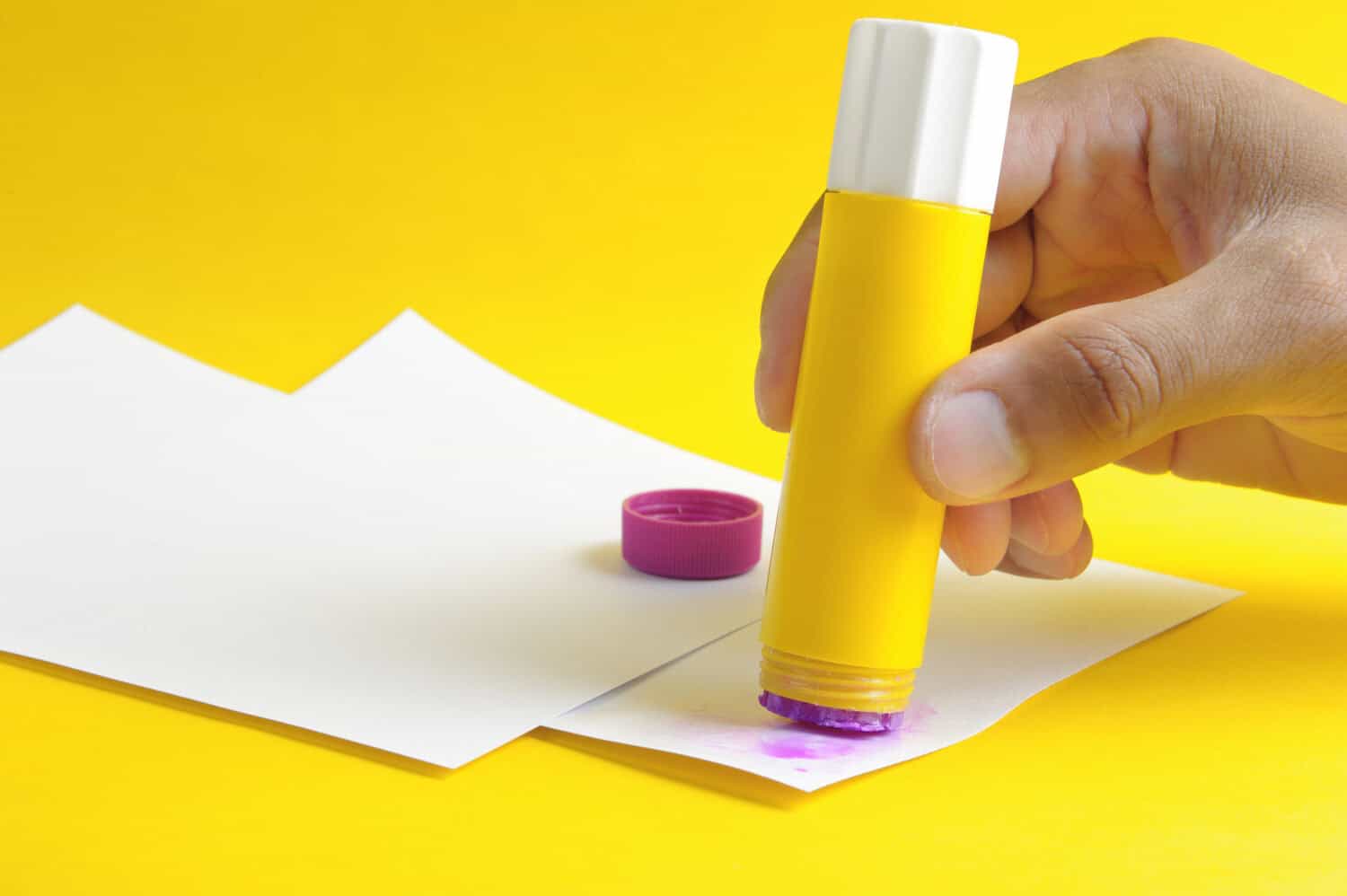
German company Henkel invented glue sticks in 1969, inspired by twist-up lipstick. And children, parents, and teachers everywhere rejoiced at this clean and convenient craft essential!
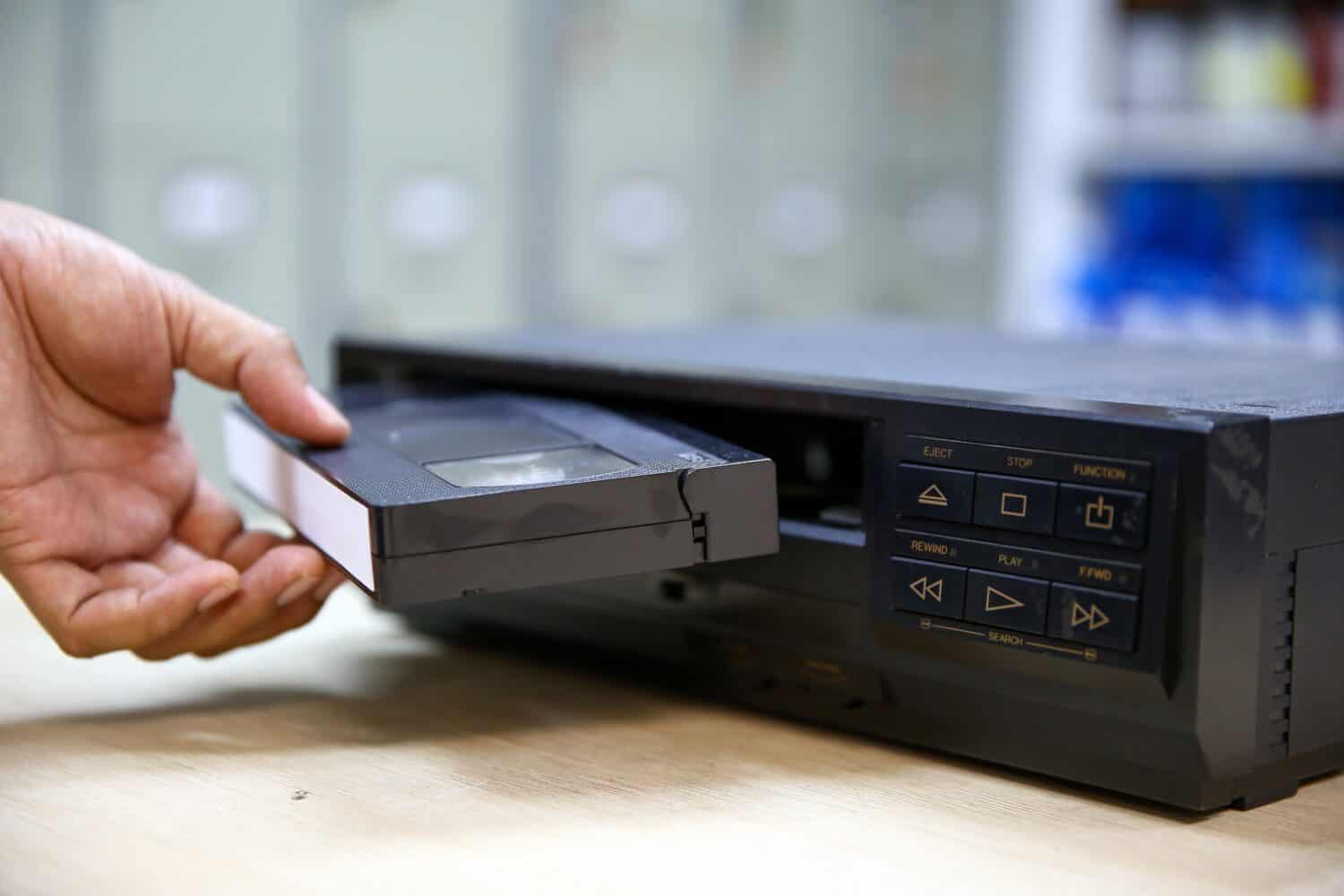
Video cassette recorders (VCRs) came out in 1970. The ability to record your favorite shows, watch movies on your own schedule, and show home videos in a convenient format revolutionized the entertainment industry.

In 1971 Ray Tomlinson made it into the Internet Hall of Fame for sending the first email on the ARPANET system, a progenitor of the Internet. Ray also had the idea of using the @ symbol in email addresses. Genius!

The first video game came out in 1972. Pong, by Atari, cost about $100 and consisted of two dials that moved vertical lines that acted as tennis rackets to bat a ball back and forth. Pong lasted only 3 years but has enduring vintage appeal.
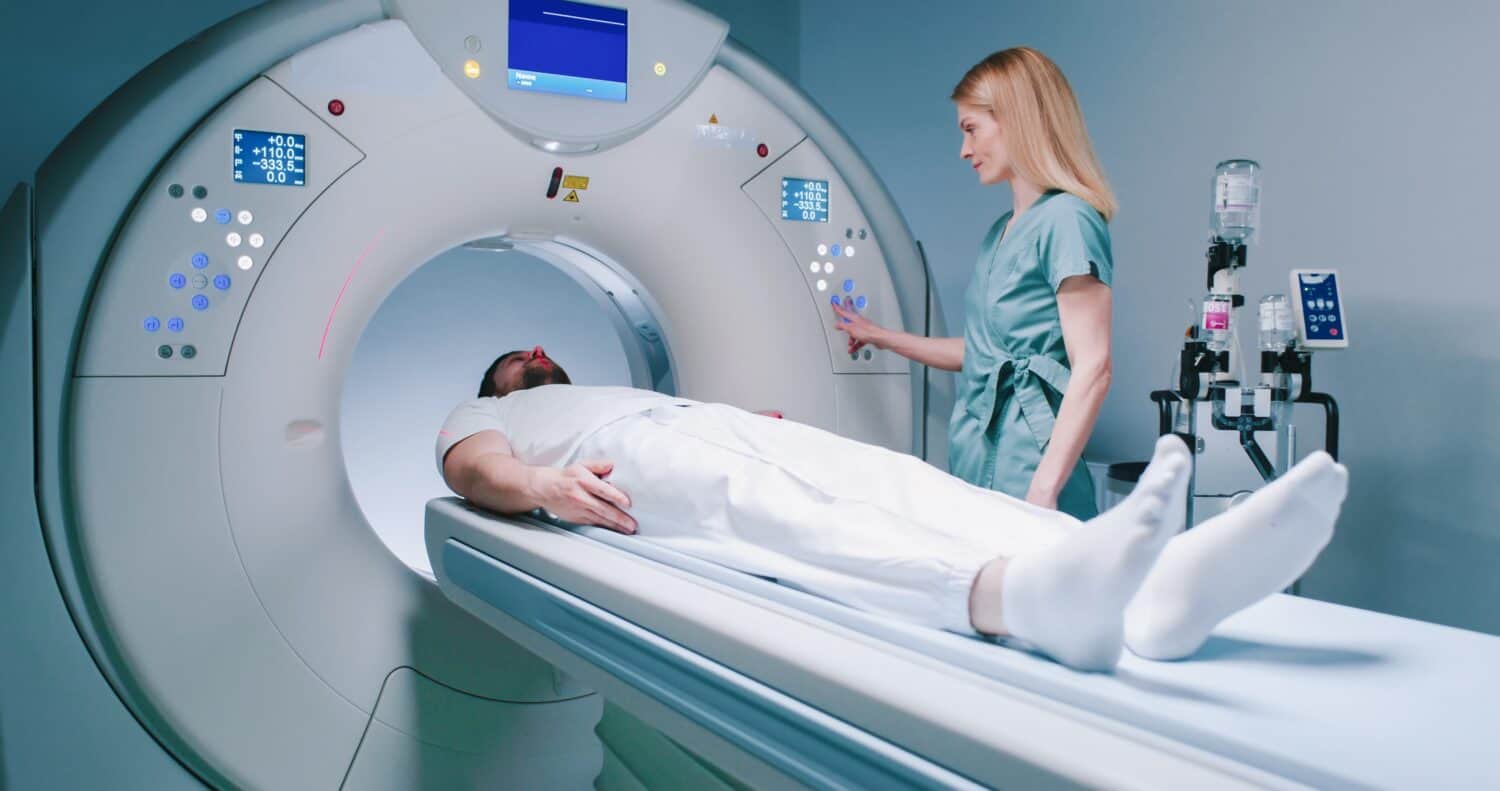
The magnetic resonance imaging (MRI) machine was developed over a long period of time but was first used to distinguish healthy tissue from cancer in 1973. Since then, it has saved countless thousands of lives.
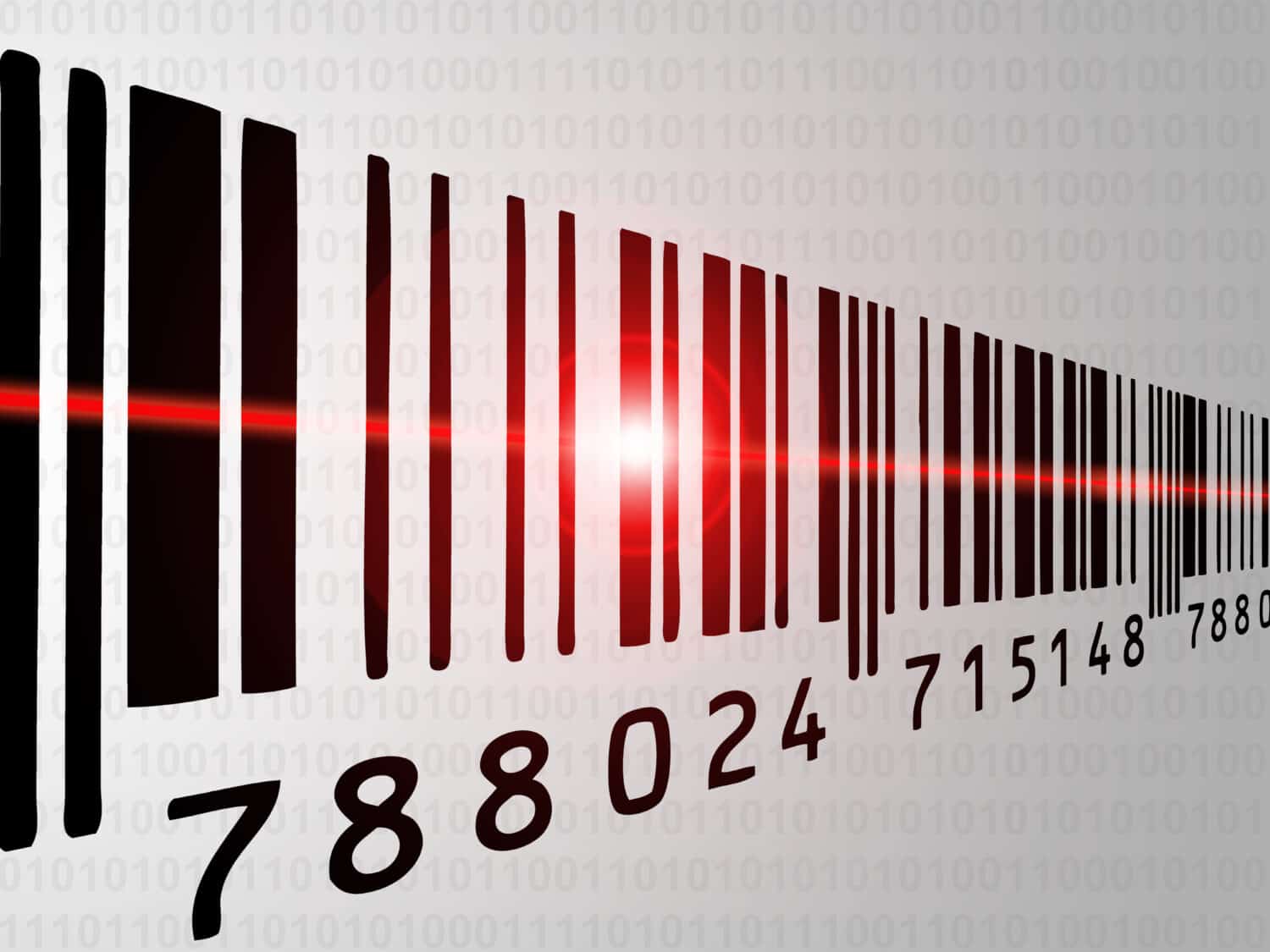
In 1974, a bar code on a pack of chewing gum was scanned at a grocery store in Ohio. This was the first of billions of products to sport laser-scannable bar codes with pricing information for rapid check-out and, eventually, self-service in stores.

In 1975, Bill Gates and Paul Allen founded Microsoft to produce software for the newly-introduced Altair 8800 microcomputer, starting with Altair BASIC. Today, Microsoft is a $3.2 trillion company that has profoundly changed the way we do business and life.

In 1976 the first word processing software was introduced. The program was called the Electric Pencil and was used on the Altair 8800. It pioneered the concept of word-wrapping text, in which text would move forward and jump to the next line as new words were inserted.
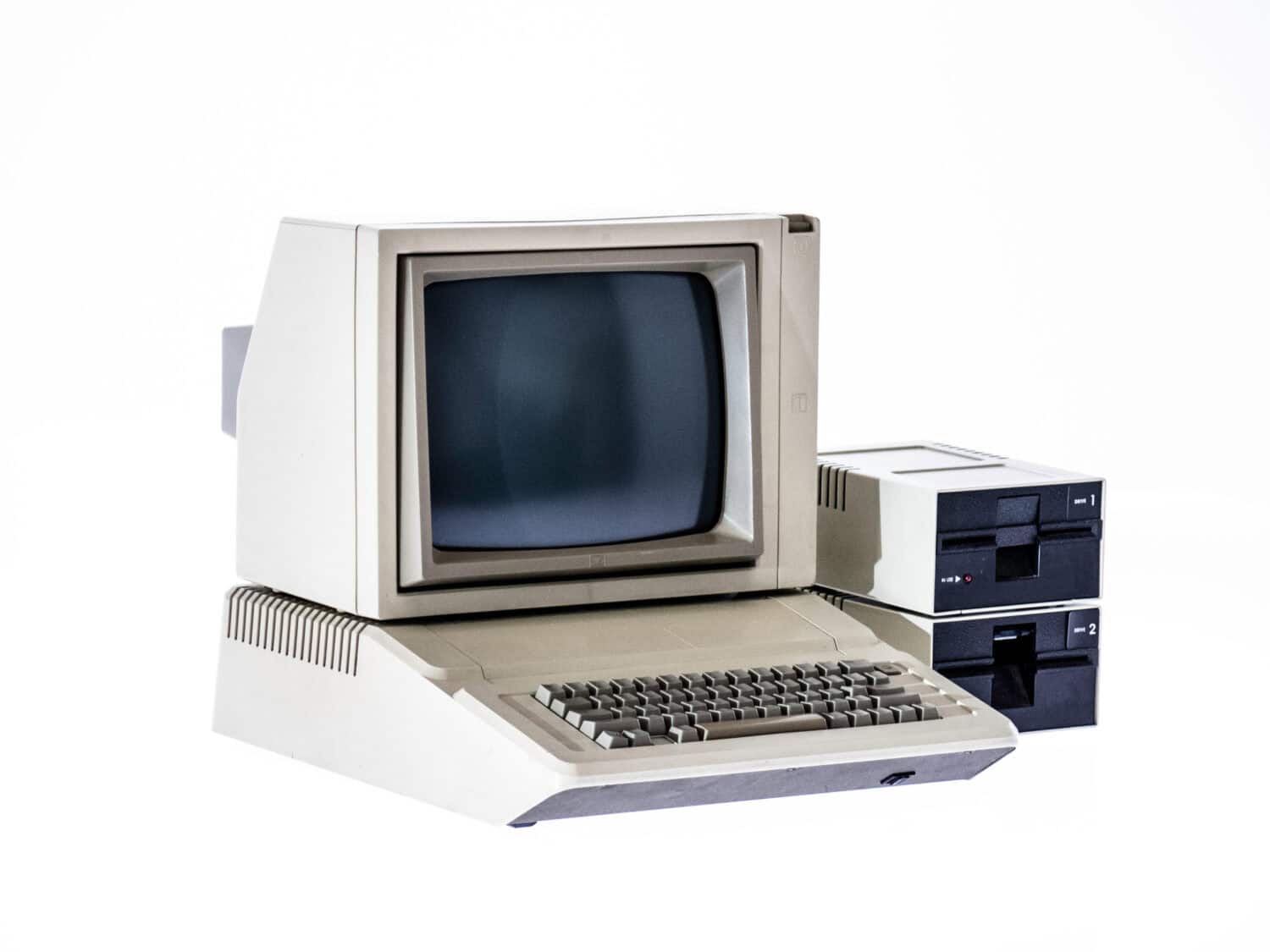
It’s debatable when the first personal computer was invented. Was it the Kenbak-1 in 1971 or the Altair 8800 in 1974? Both were invented in the lifetime of people in their 50s, but probably the first computer most of us owned was the Apple II, Commodore PET, or Radio Shack TRS-80, all of which came out in 1977.
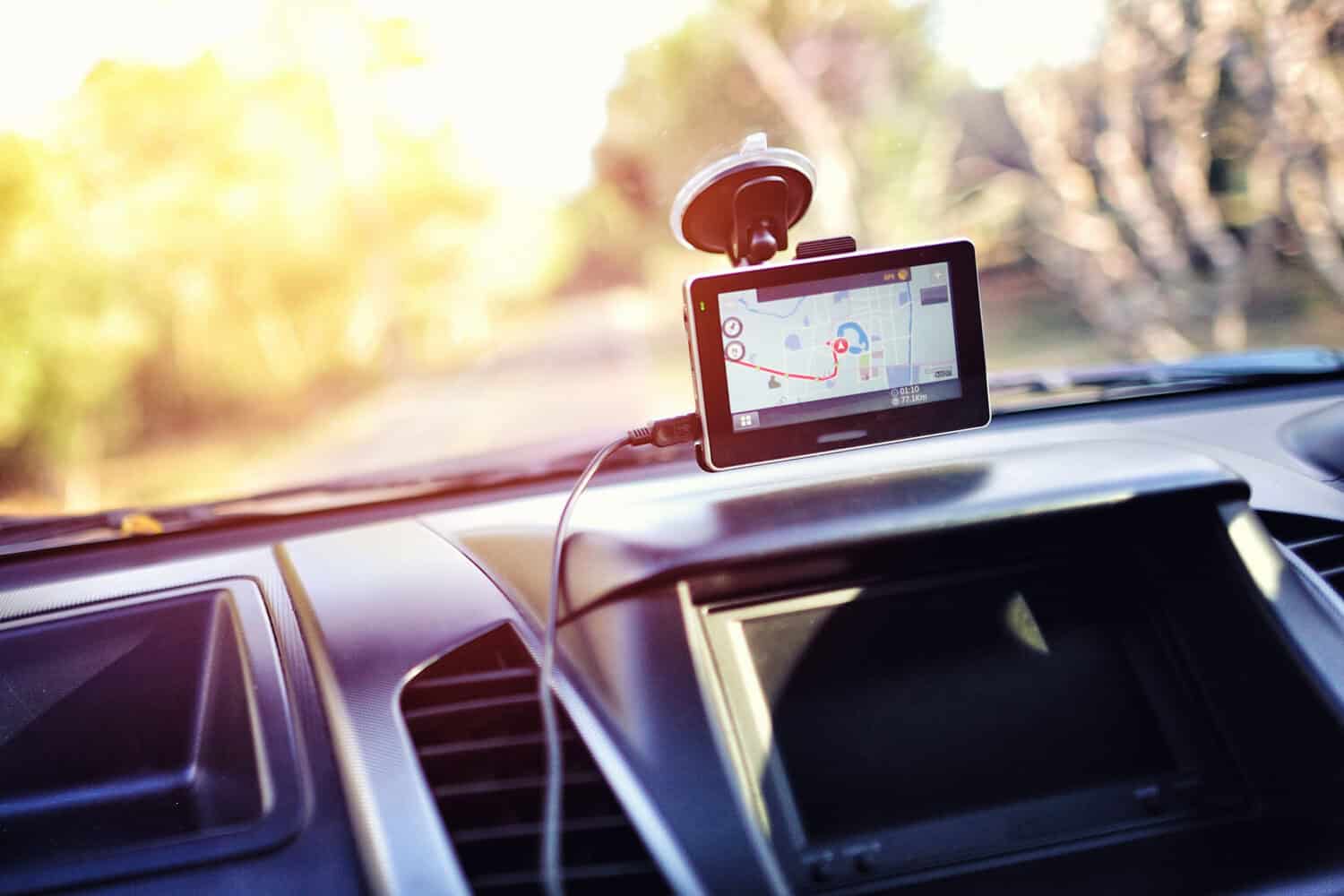
In 1978 the first satellite for the Navstar Global Positioning System (GPS) was launched. Today it lets people determine their position on the planet to within 9 feet!
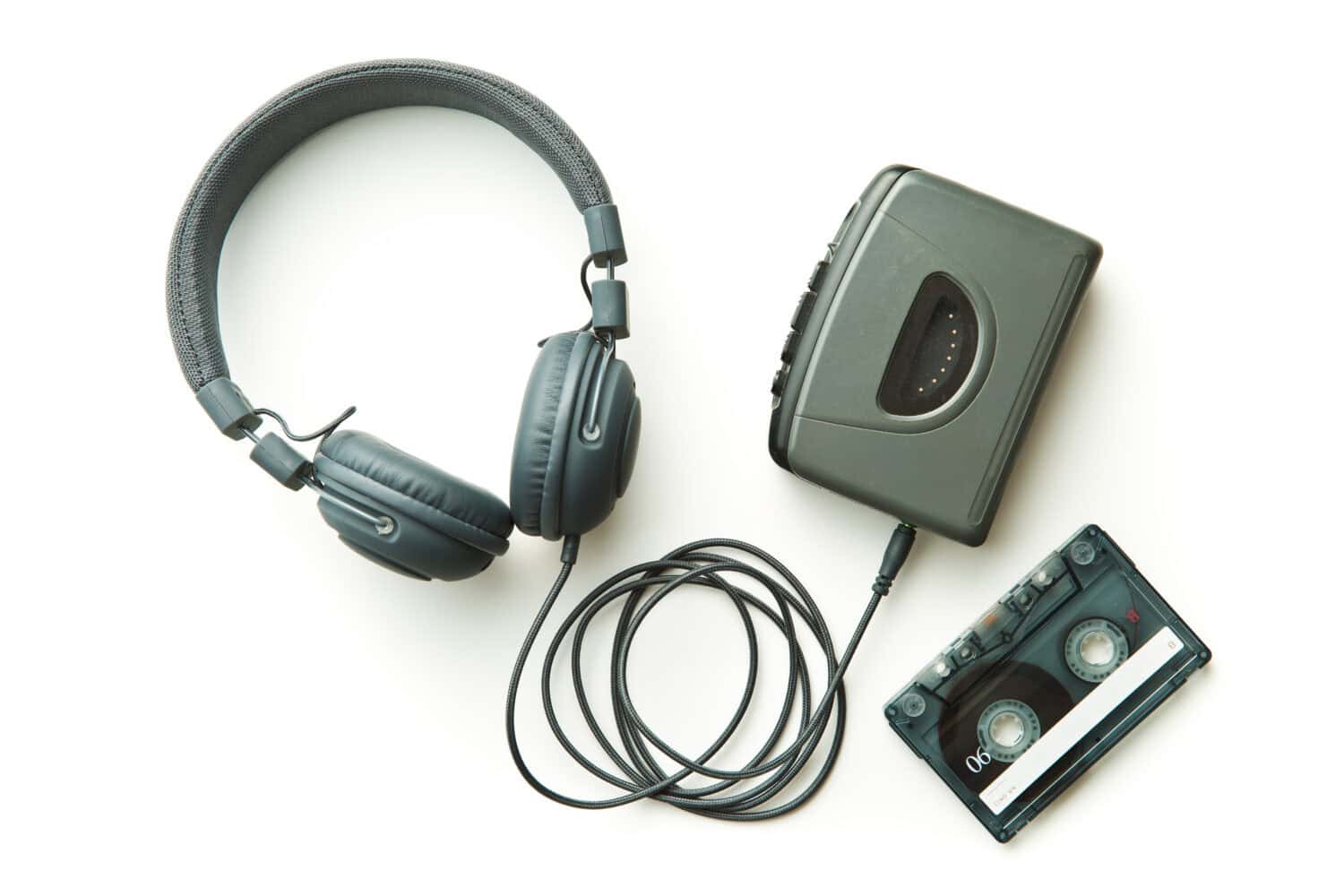
Ah the Sony Walkman! This brings back memories! Premiering at the steep price of $150, it ran on AA batteries and required plugging in a set of headphones. As a result of this invention, cassettes began outselling vinyl records by 1983.
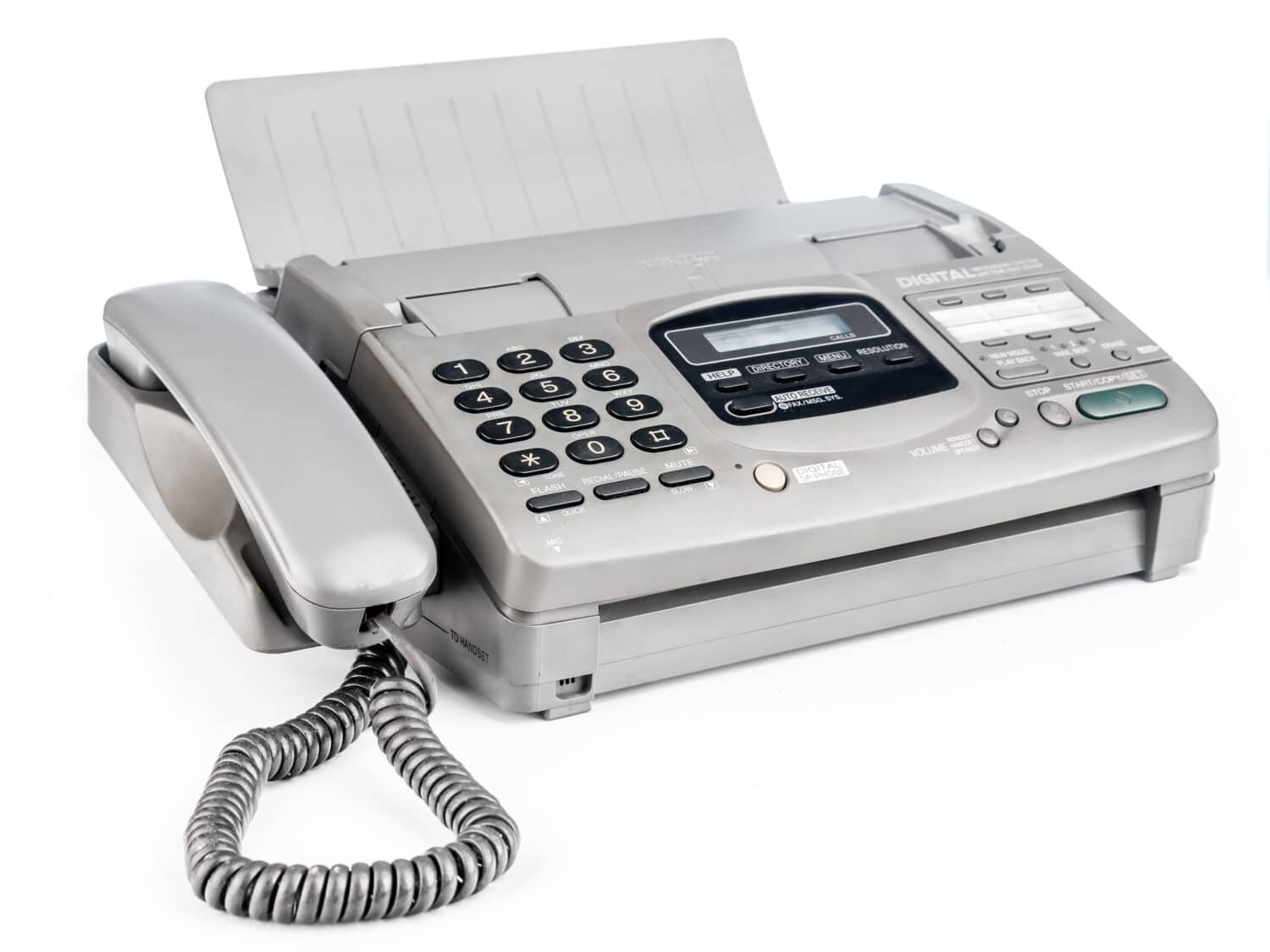
It’s old-fashioned now, but the fax machine greatly improved business life starting in 1980 by enabling documents to be sent and printed electronically. Costing about $20,000 when it was first introduced, the only place you’ll find it now is a junk sale, as it was replaced by the Internet.

Before 1981, the Internet was available only to the military. That year, however, a grant from the National Science Foundation enabled major universities to network and make their resources available to civilians. And so, the Internet was born.

Dr. Barney Clark, a dentist, was the first recipient of an artificial heart implanted by Dr. William DeVries at the University of Utah hospital. The heart was credited with giving Dr. Clark another 112 days of life and opened up a new era of artificial organ development.
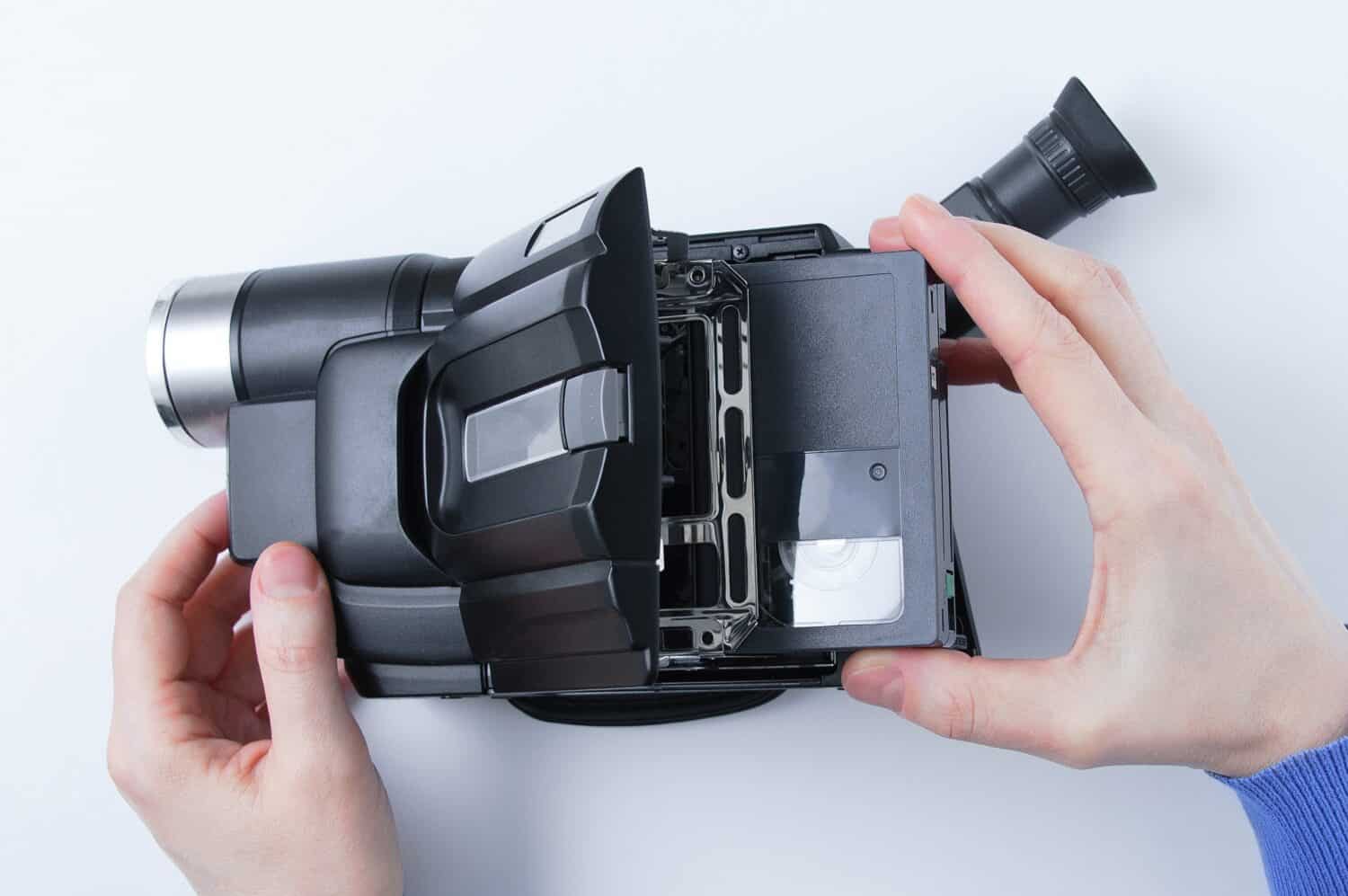
A big innovation for home movie enthusiasts was the introduction of the Sony Betamovie 100-P. It was soon surpassed by other camcorders that used VHS tapes instead of Betamax.
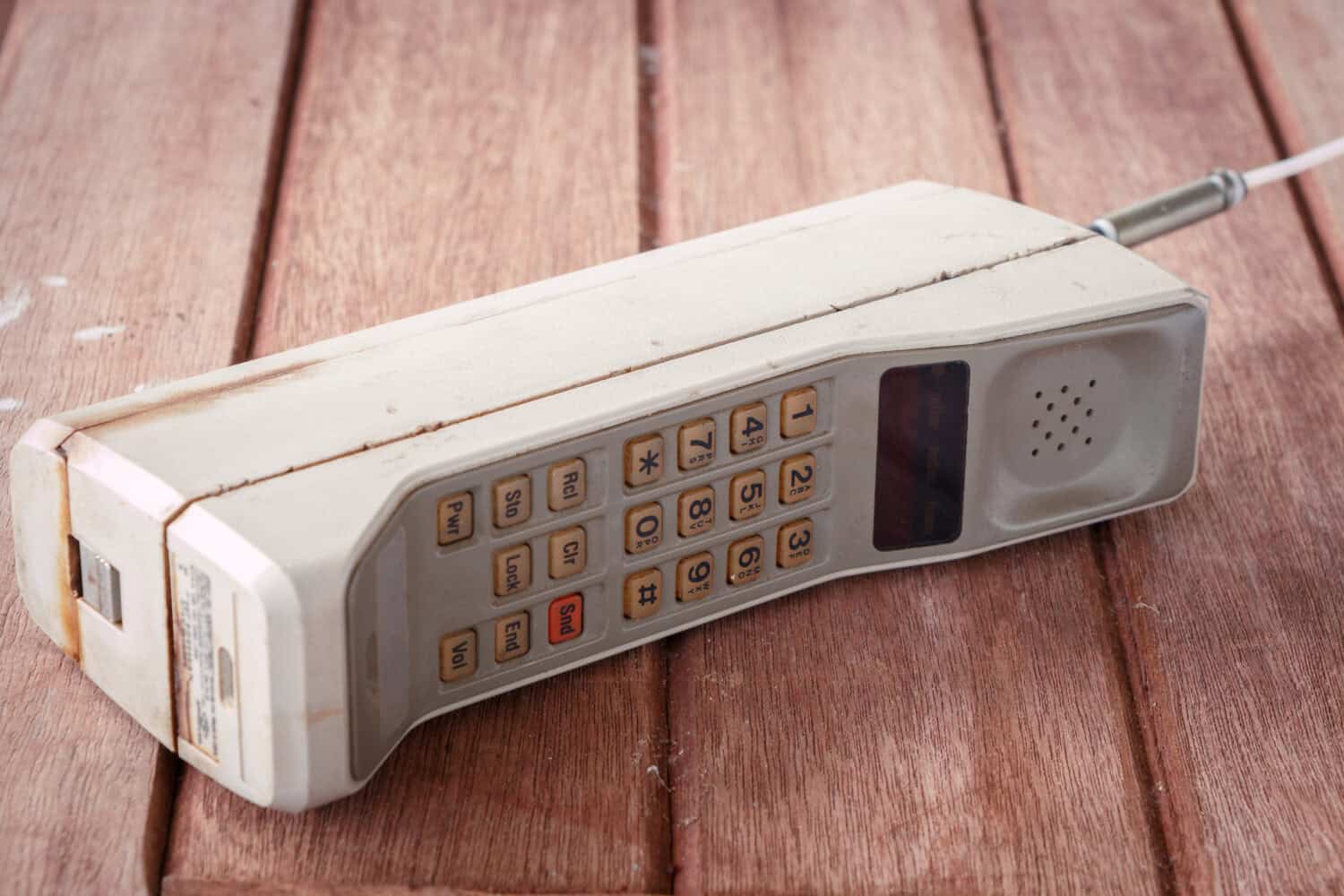
The first mobile phone was Motorola’s DynaTAC 8000X. This beauty cost about $4,000 and had a battery life of only about 30 minutes. Fortunately, cell phones were quickly scaled down so we don’t have to carry a brick around.

The lithium-ion battery is the power source for laptops, cell phones, electric cars, lawnmowers, and portable power tools. But prior to 1985, anything battery-powered would use a tons of disposable batteries.

LISTSERV was the first email list management program. So you can thank Eric Thomas for all the spam emails in your inbox . . .

The revolutionary drug Prozac became available in 1987. It is an antidepressant known as a “selective serotonin reuptake inhibitor,” which prevents the brain from reabsorbing serotonin and keeps the patient feeling happier. In 5 short years, 4.5 million Americans were taking this game-changing psychiatric drug.
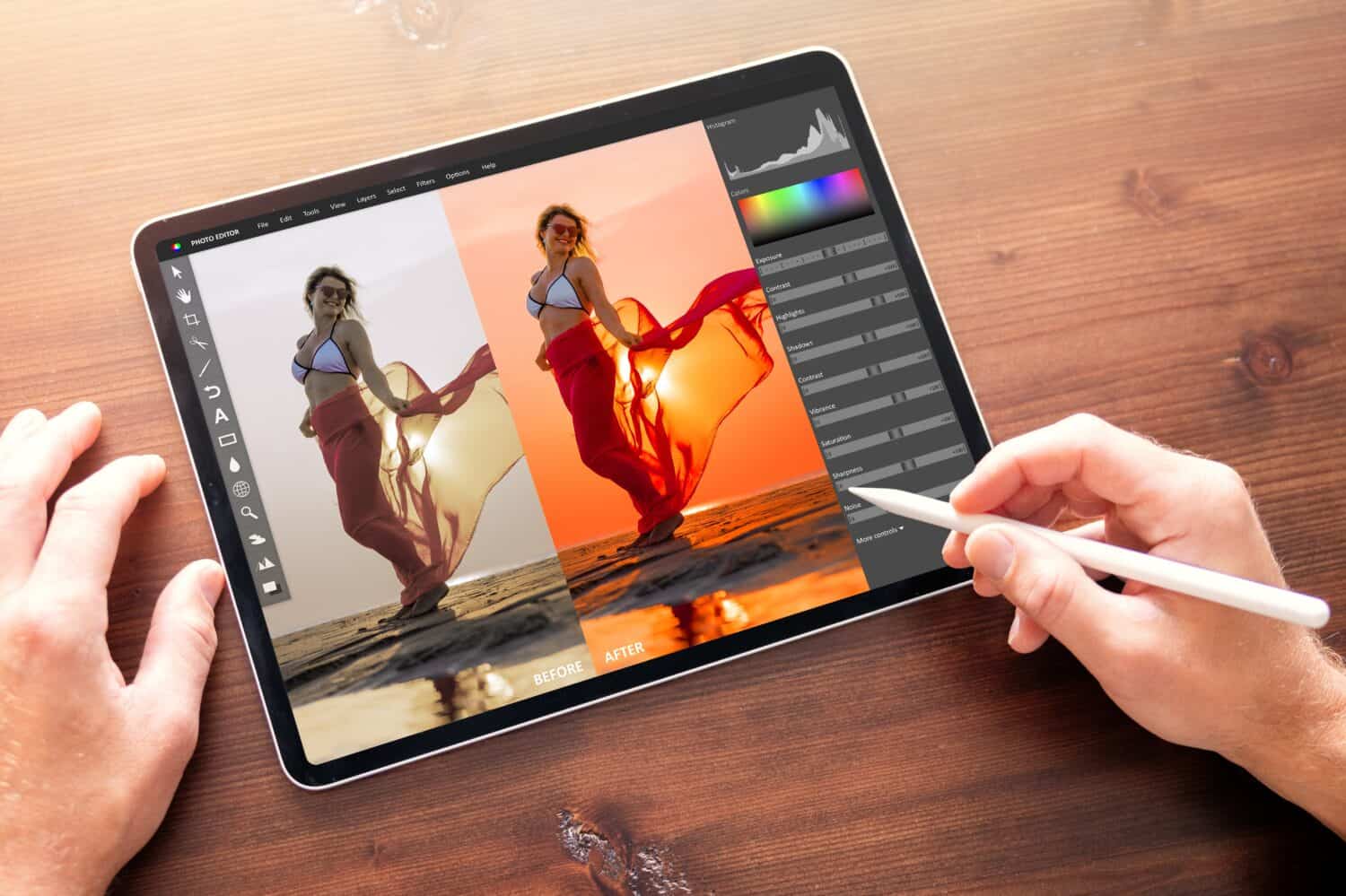
The precursor to Photoshop came out in 1988 and would later be licensed by Adobe as Photoshop 1.0. Not only was this an innovation for artistic photography, it also ushered in an era of manipulated images that could create problems from body dysmorphia to election fraud.

1989 was the year “hypertext markup language” (HTML) and the “Uniform Resource Locator” (URL) were introduced to identify where information is stored on the Internet. These conventions were foundational to a functional World Wide Web.
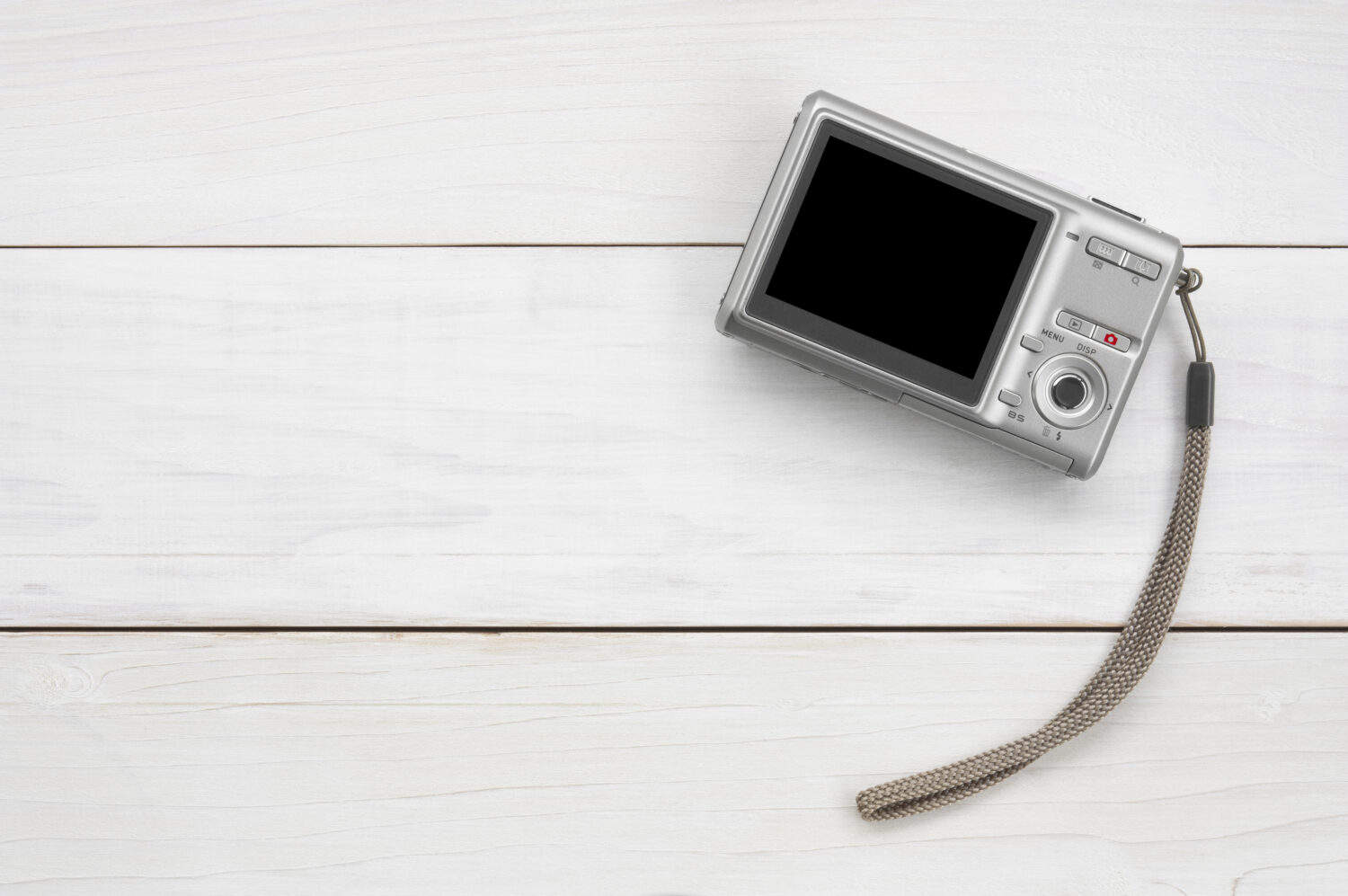
Apparently, the digital camera was actually invented in the 1970s by a Kodak worker named Steven Sasson, but the company squashed the invention because their business was so heavily invested in traditional film cameras. So, in 1990, the highly profitable filmless camera was introduced by Dycam. The Dycam Model 1 sold for a whopping $995.

The first web page came out in 1991. It consisted of instructions about how to use the web. And it started the convention of web pages being available free-of-charge—a practice that ensured the Internet would take off globally.

Since 1992, texting has been both a bane and a blessing. It has caused inattentive 20-somethings to drive like elderly people and do things like walking off cliffs or into airplane propellers. But it has also freed all of us up from thousands of annoying phone calls that now can be handled in a few lines of text.


GMOs (Genetically Modified Organisms) are controversial today, but went they came out in 1994 they were hailed as a safe and beneficial revolution in food production. Calgene introduced the Flavr Savr tomato as the first GMO. Customers liked the flavor, but production was too expensive so it was discontinued and is no longer available today.

1995 brought a welcome breakthrough in treatment for the devastating HIV virus. FDA-approved Invirase came out that year. Known as an HIV protease inhibitor, it blocked enzymes necessary for the virus to reproduce and reduced virus counts to undetectable levels for 90 percent of patients.
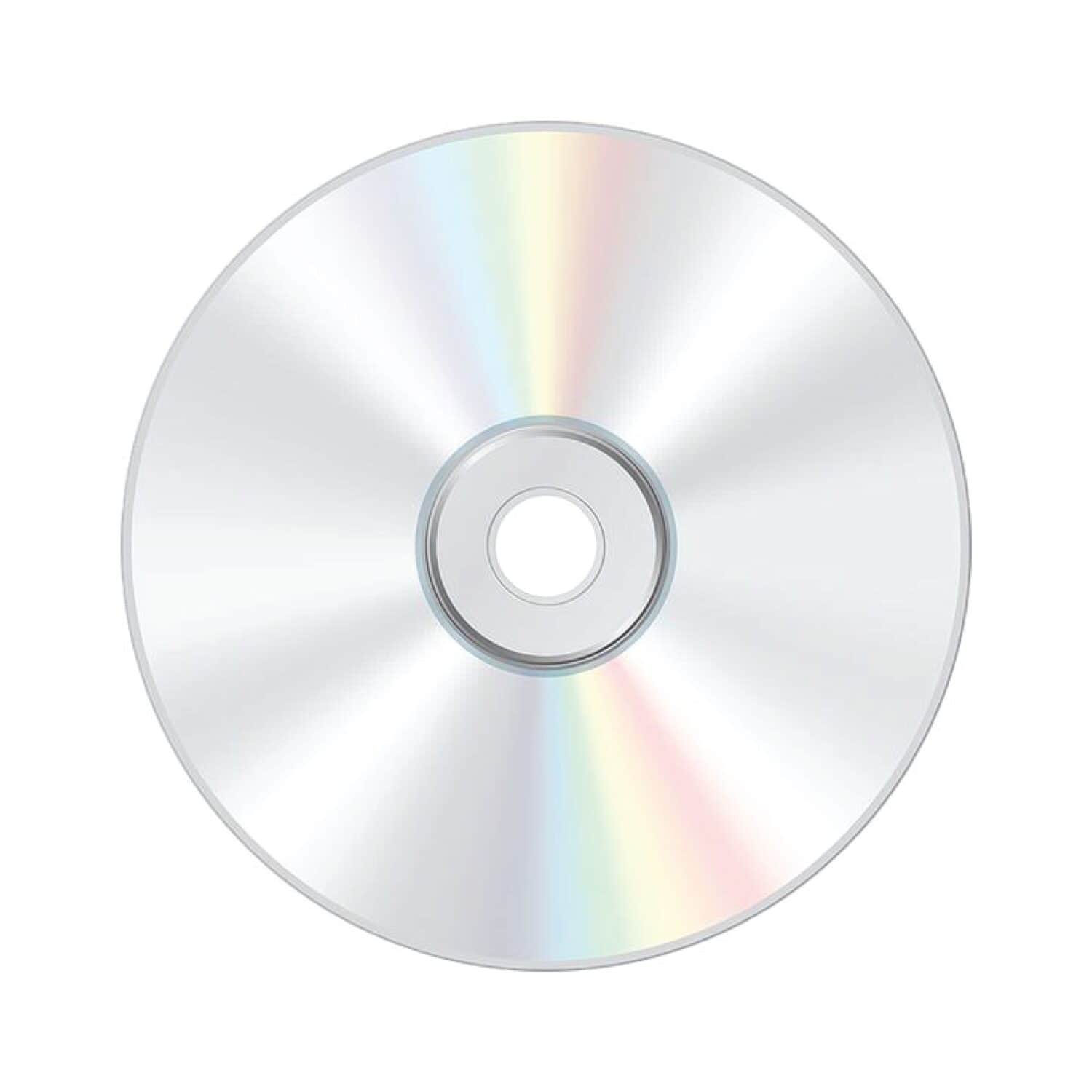
DVDs came out in 1996. Although visually similar to CDs, DVDs held vastly more information, so they could be used to store entire movies on one disc. Once high-speed internet became available for smooth streaming of videos, DVDs began to decline in popularity.

1997 was the landmark year when Toyota introduced its first hybrid car, the Prius, in Japan. Hybrids use an electric motor along with a gasoline engine for better fuel economy. In the years to come, other car makers would introduce their own rivals.

The first ebook readers came out in 1998 and were pricy: about $500 for the SoftBook or the Rocket eBook. They held 4,000-8,000 pages of material, about the length of 13-26 300-page books. Neither was a commercial success, but they paved the way for improved versions like the Kindle.
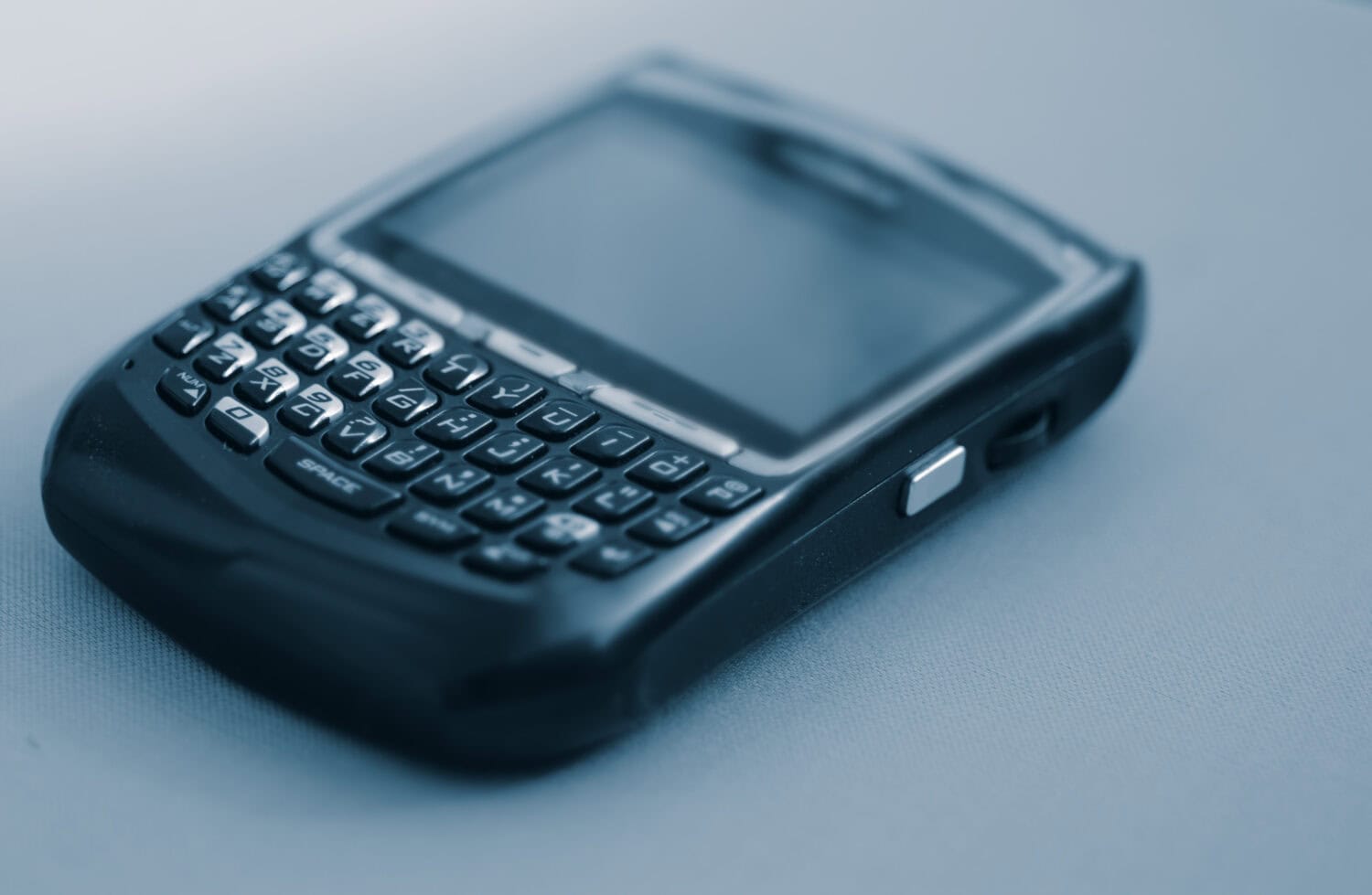
The Blackberry was a personal communication device that used the cellular phone network to send and receive emails, calendar items, and data files. It was an innovation at the time it came out in 1999 but was soon replaced by multifunctional IOS and Android phones.

Camera phones are as much a part of life now as, well, cameras and phones used to be. Yes, they’re used for taking billions of vain “selfies.” But they’ve also made it possible to take quick photos to assist with shopping, home repairs, identifying wild animals, capturing criminals, and exposing corruption.

Wikipedia initially seemed too good to be true. Ad-free and user-created, it seemed like an unreliable source of information with an unsustainable funding model. Two decades later, it’s going stronger than ever and has proven to be a remarkably self-correcting and accurate source.
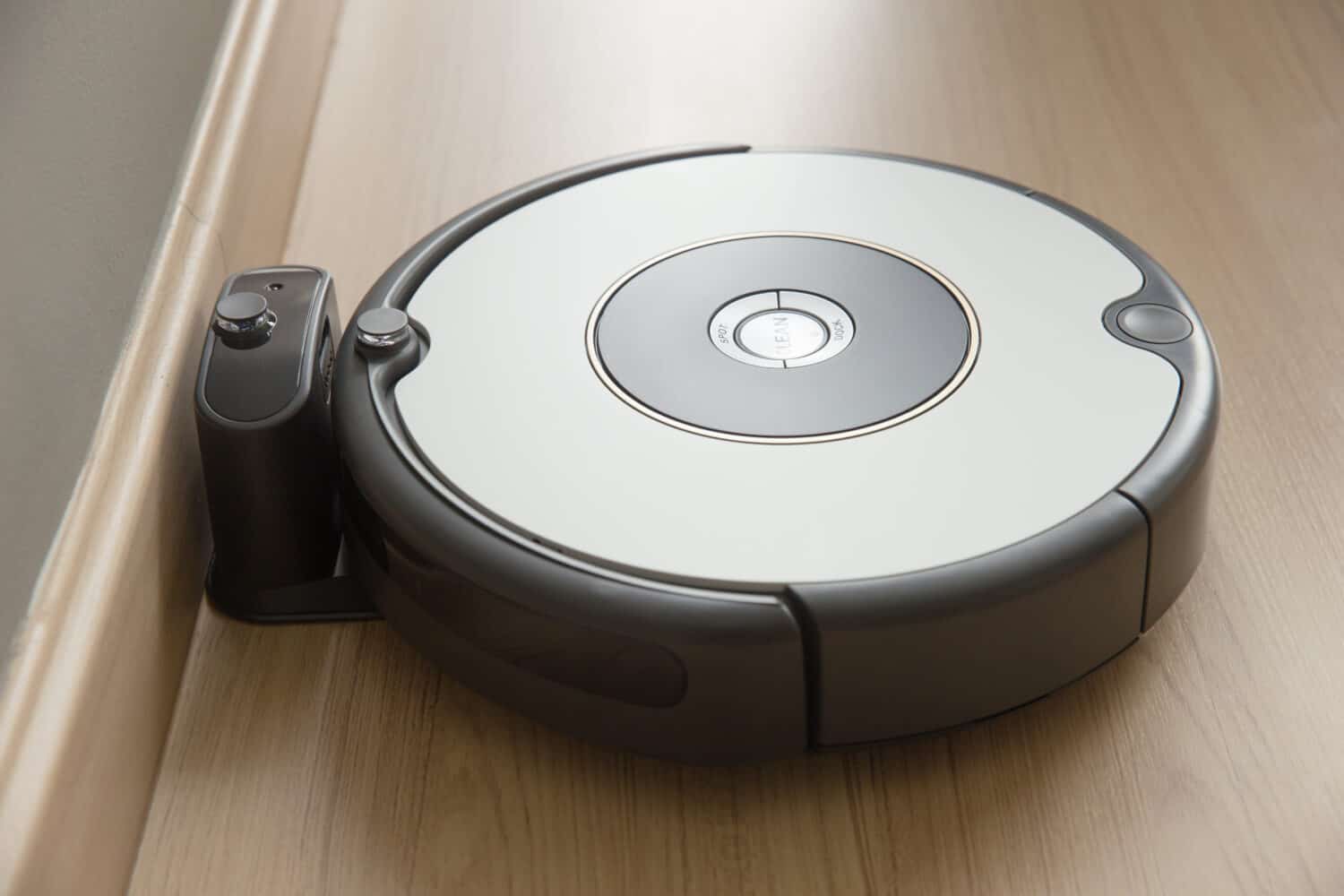
For many families, the Roomba is the first robot they’ve ever owned. It automatically cleans the floors according to guidelines from the owners and returns itself to a battery recharging station at night. And as numerous online videos have revealed, sometimes cats like to ride on them!

The iPod itself debuted in 2001, but in 2003, Apple transformed the music industry with the introduction of iTunes, a music streaming and purchase service. Now it also offers movies, audiobooks, and television episodes.
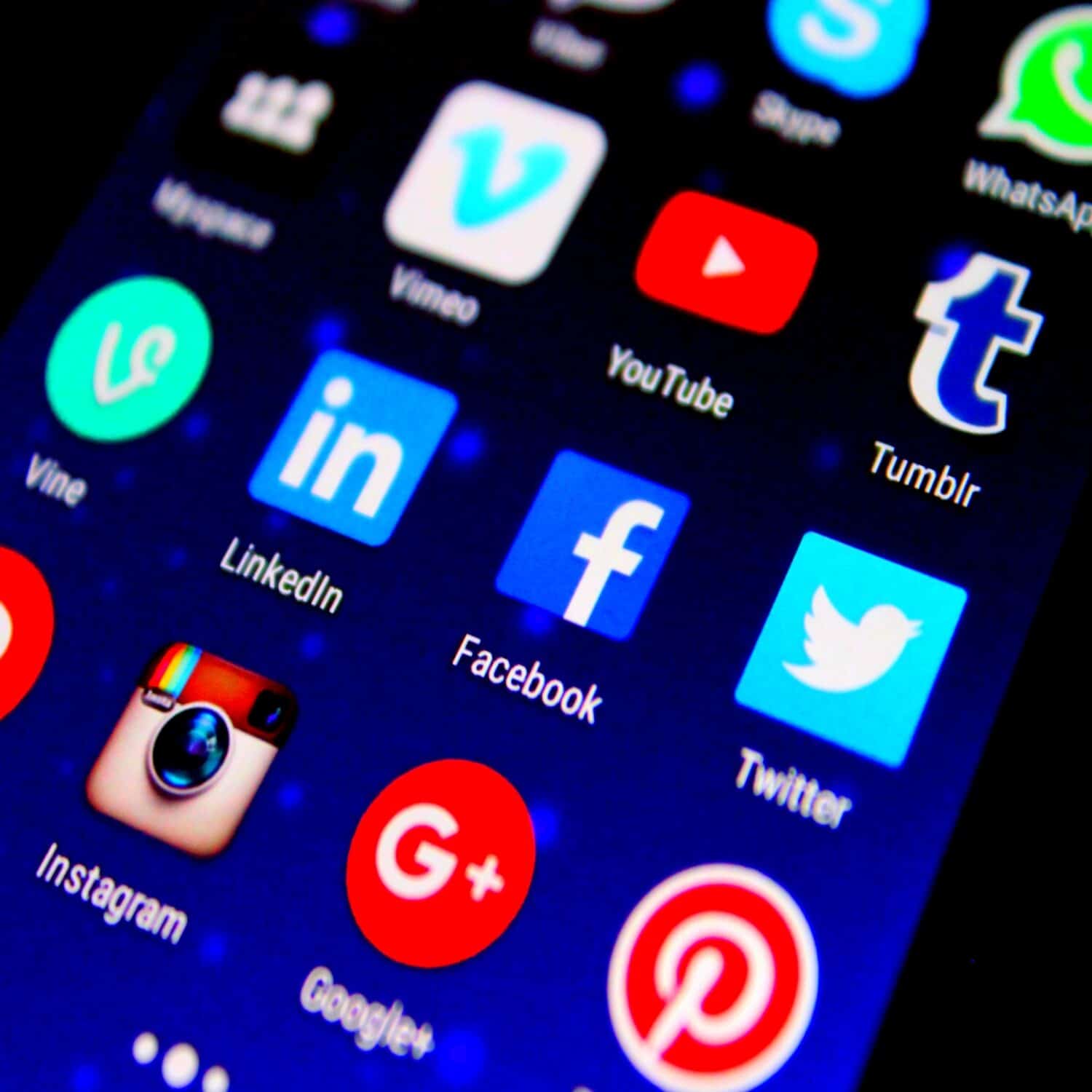
Harvard student Mark Zuckerberg started Facebook to connect with his fellow classmates. And connect he did. Today, over 2 billion people use Facebook, even though it has only existed for 20 years. The company is valued at well over half a trillion dollars, making it safe to say Zuckerberg made a good call dropping out of college!
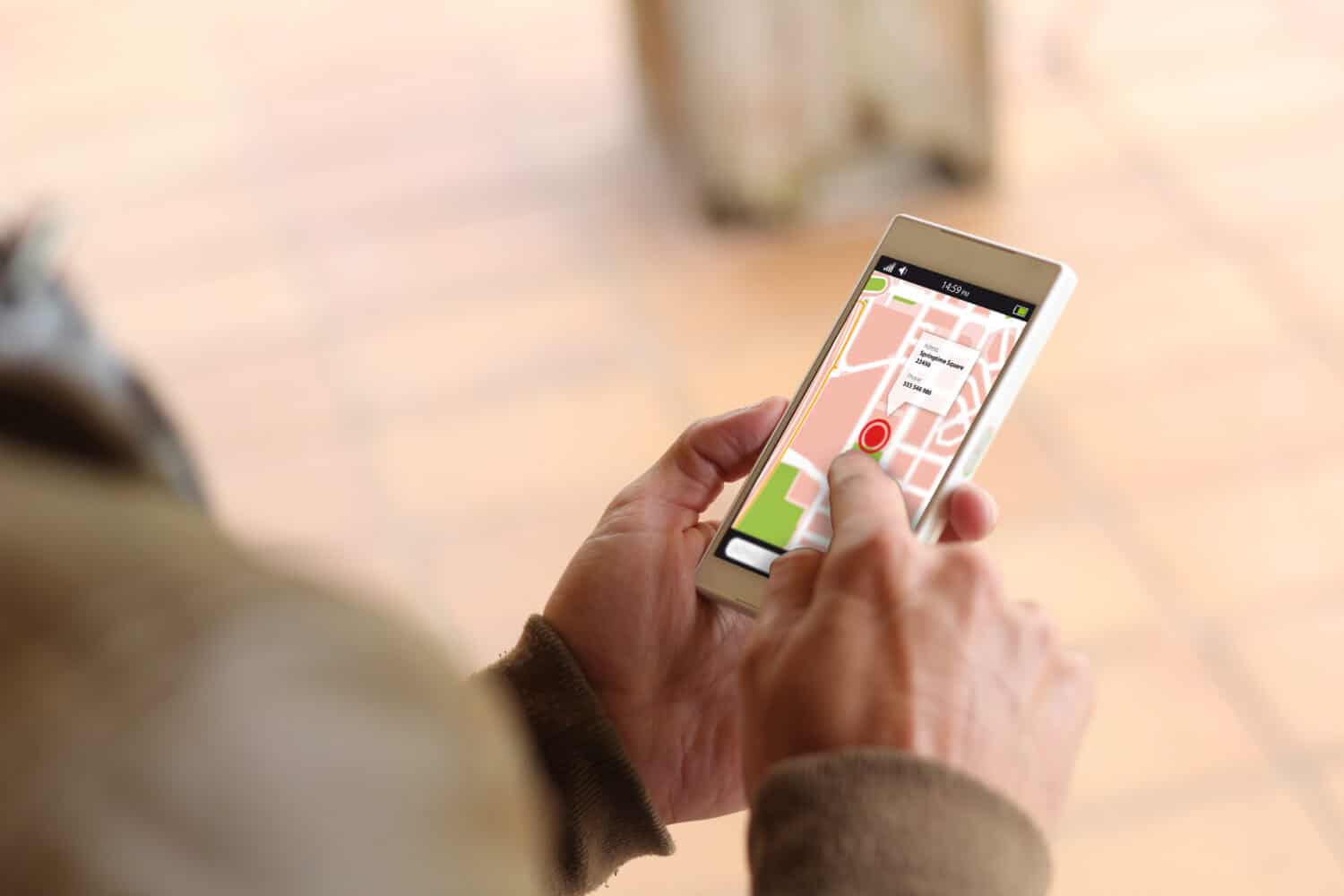
Remember the days of trying to fold a paper map or following smudged handwritten directions on a scrap of paper? Those days are history, thanks to the invention of Google Maps in 2005. This breakthrough gives drivers turn-by-turn directions and later expanded to offer 360-degree street-level views all over the world.
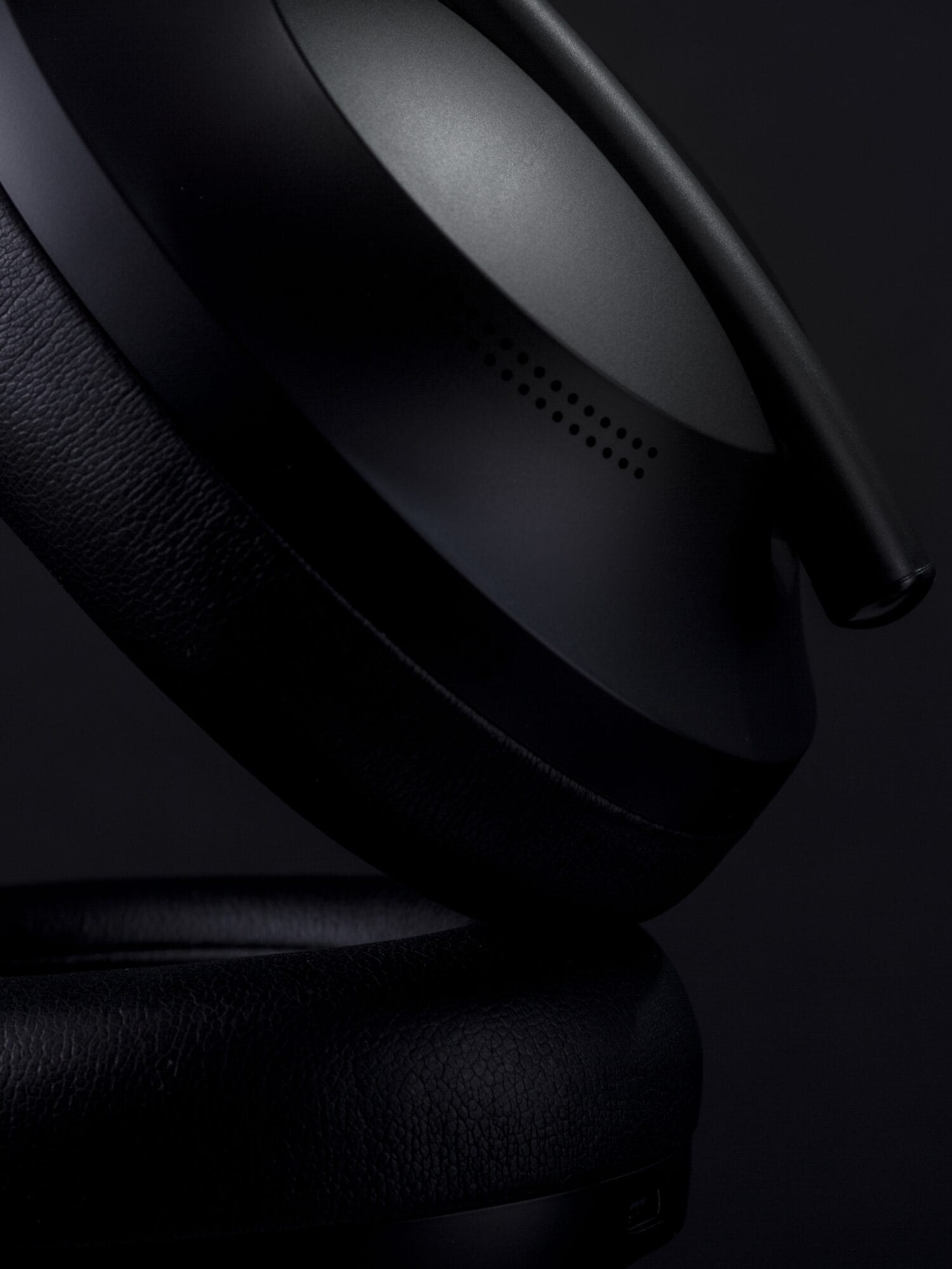
Beats by Dre is a high-quality audio company specializing in headphones and speakers. It was founded in 2006 by music producer Dr. Dre. The company controls the lion’s share of the market for high-end headphones selling for $100 or more. Apple acquired the company for $3 billion in 2014, making it the company’s most expensive purchase.

2007 saw the introduction of the revolutionary iPhone. It was the first smartphone without a physical keypad. Today, it is the best-selling device ever created, with over 2.2. billion sold.
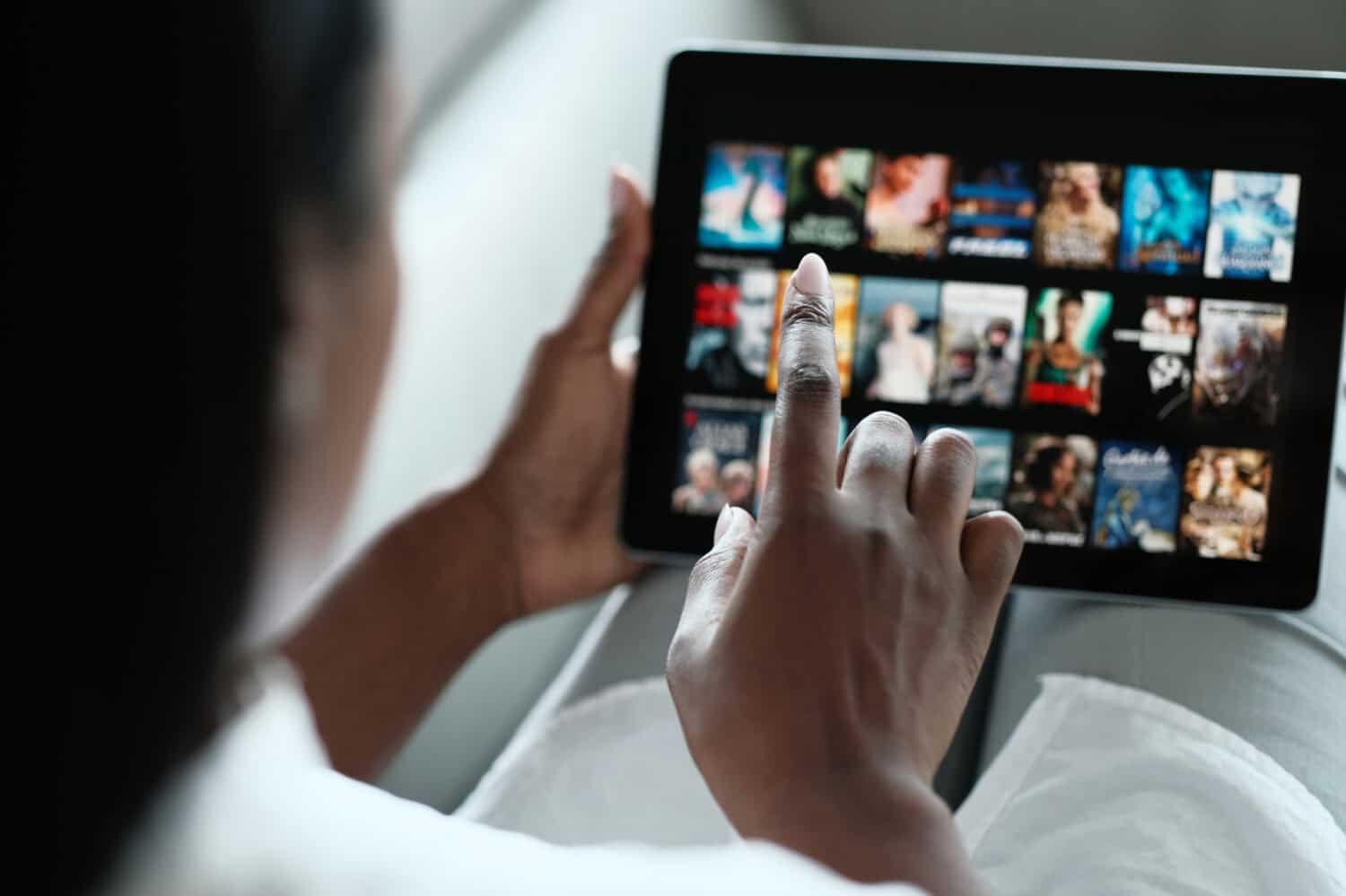
Hulu.com came along in 2008 as a streaming service providing t.v. programs and movies to viewers, setting them free from the schedules of network programming and cable TV.
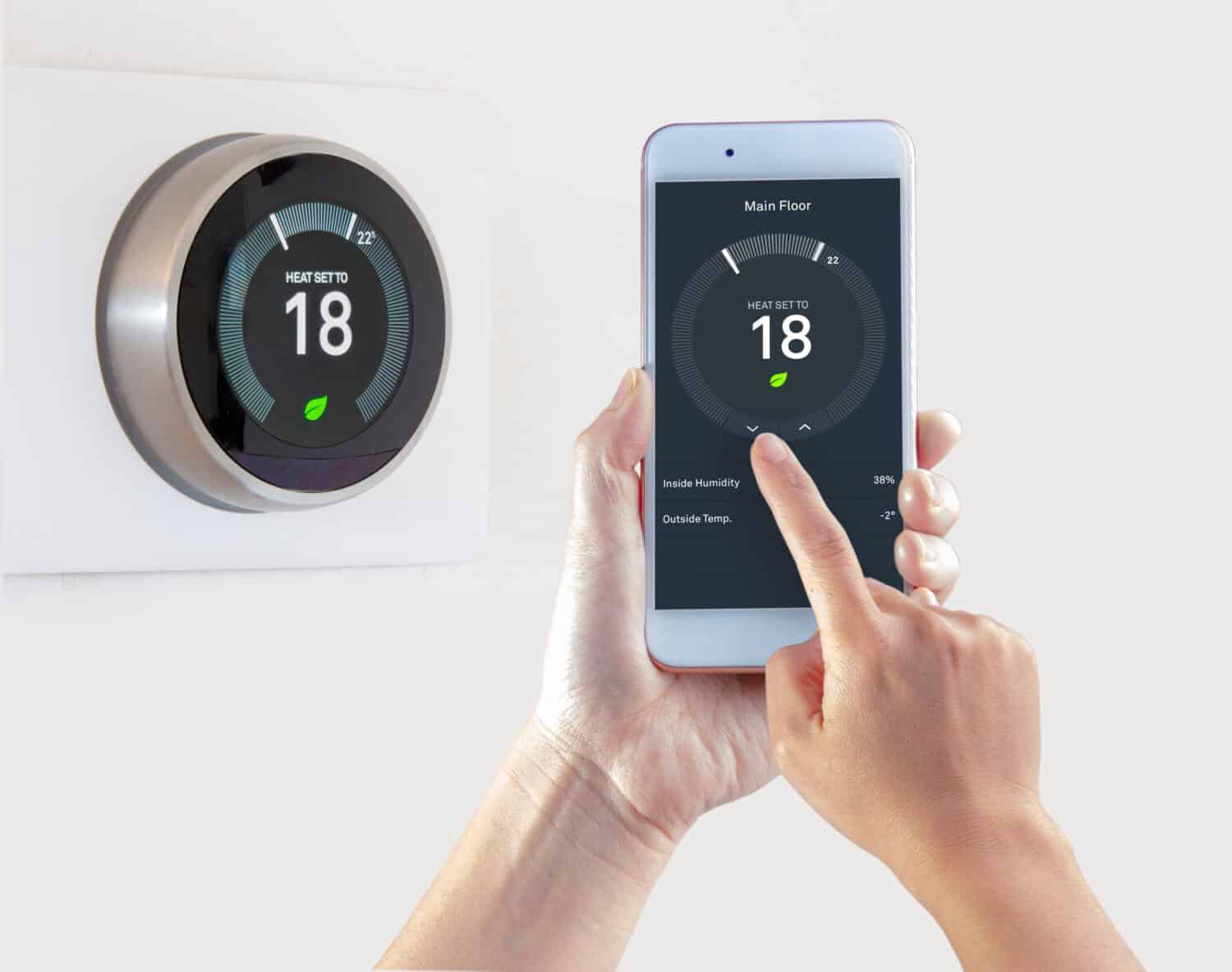
2009 marked the invention of the EnergyHub Dashboard, which communicates wirelessly with your house’s HVAC system and appliances to let you know how much electricity they’re using and adjust them to save energy. It was an important step toward the development of “smart” homes.
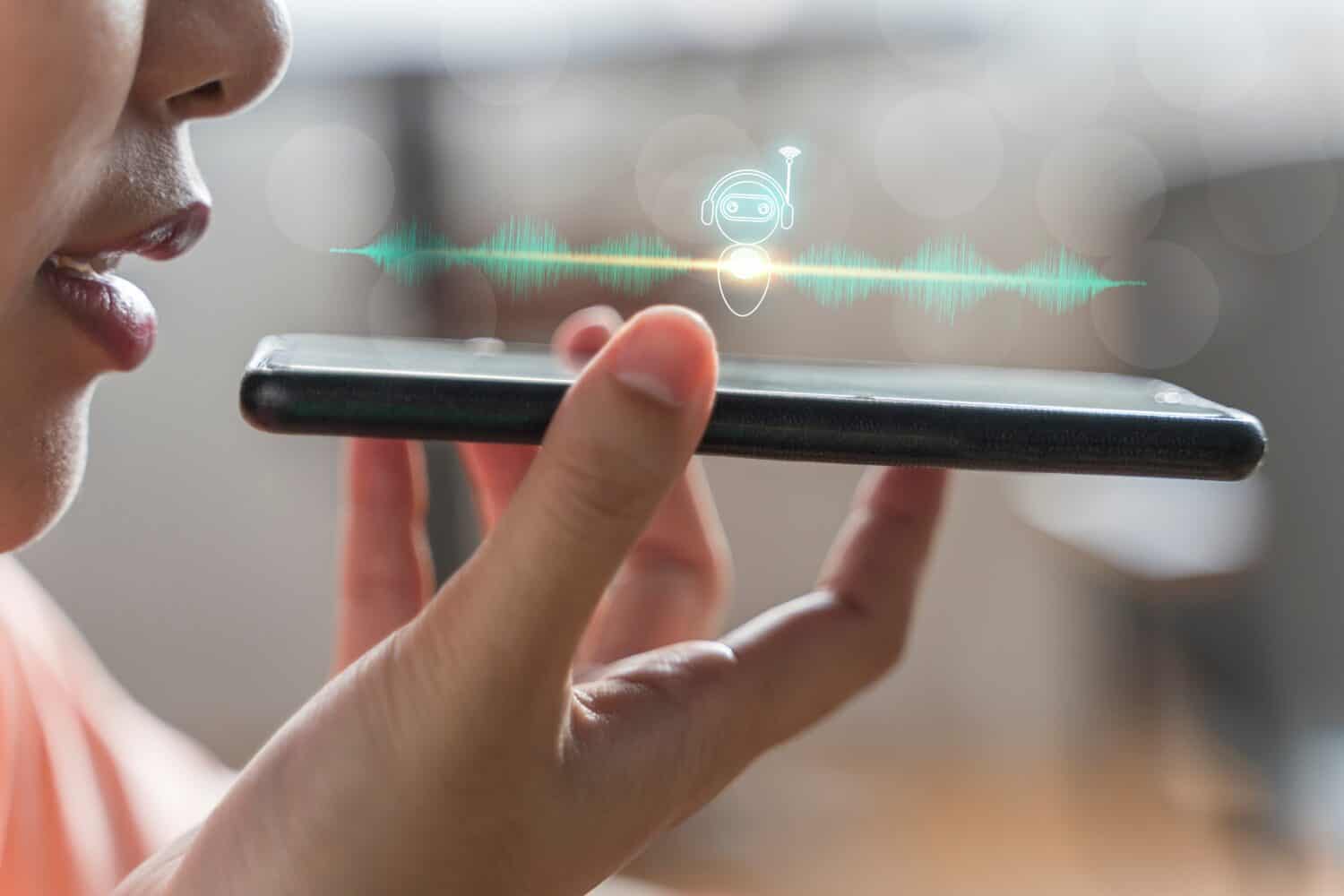
SIRI has become such a part of our lives, it’s hard to believe it’s only been around since 2010. The voice-activated digital assistant was integrated into the iPhone 4S in 2011, getting the jump on Alexa (Amazon) and Cortana (Microsoft), which both premiered in 2014.

This was the first year scientists grew real animal meat from stem cells in the laboratory. This could be a more environmentally friendly and humane way to meet humanity’s protein needs and a more feasible way to produce meat for space travelers and colonists.

This one isn’t so much practical as aesthetic. Dutch artist Berndnaut Smilde discovered how to manipulate temperature, humidity, and lighting in such a way as to produce a perfect indoor cloud. It quickly dissipates, but if it could be sustained, it might be a feature of future home and office decor!

Remembering passwords for websites is highly annoying, but this invention replaces it with something downright terrifying. The FDA approved an “edible password pill” produced by Motorola. You swallow it once a day, your stomach acid activates it, and it starts emitting a signal that can be detected by your phone or computer. What could go wrong? . . .

The first Apple Watch was created in 2014 and became available to the public the following year. It offered useful features such as fitness tracking, wireless communication, and integration with other IOS devices.
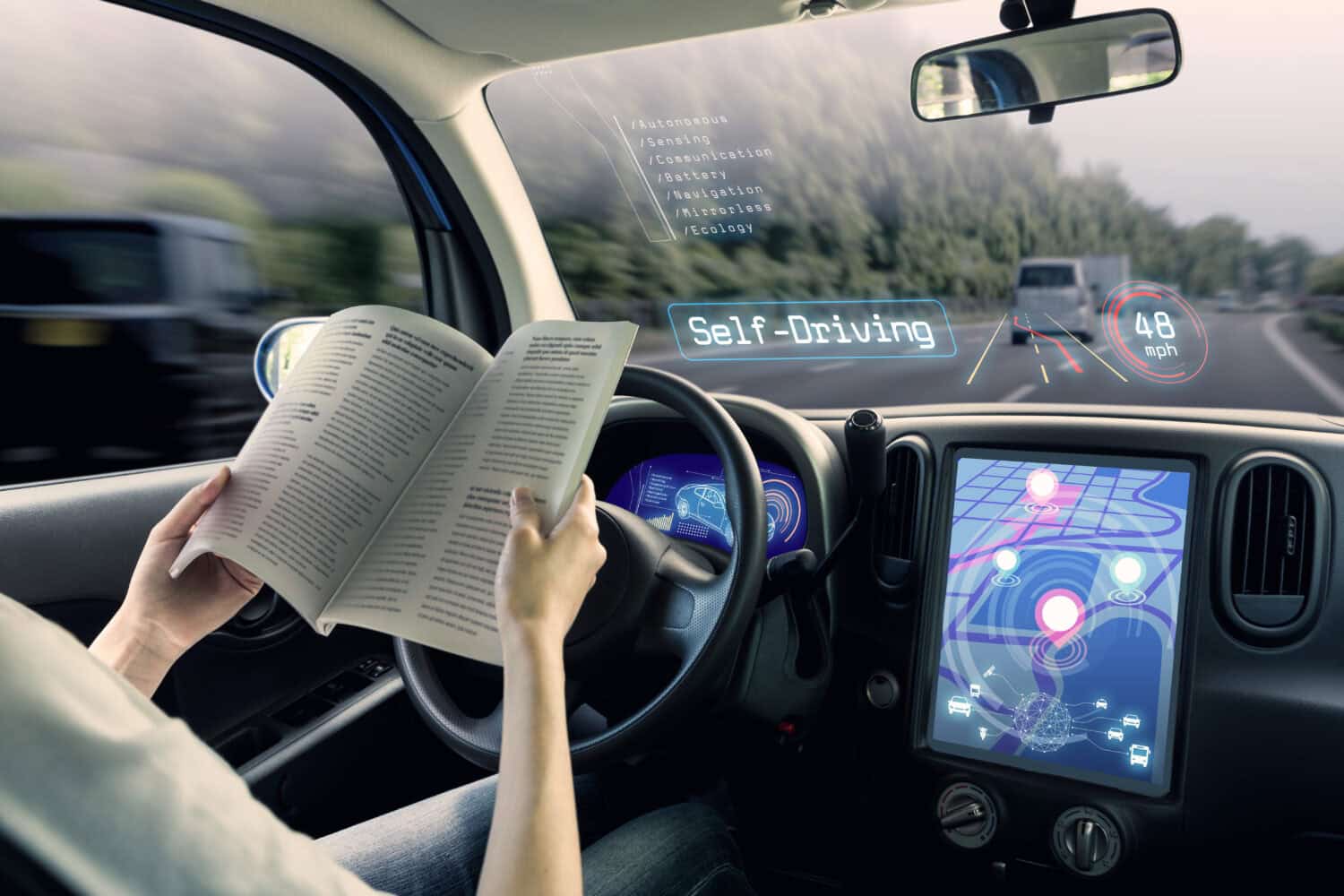
Although fully automated cars have been under development for decades, 2015 brought a breakthrough as a car designed by Delphi Automotive completed a trip across the country from San Francisco to New York City while under computer control for 99% of the distance.

In 2016 Orosound released its ‘Tilde’ headphones, which cancel ambient noise while allowing voices to get through. It’s an especially useful invention for the office when you’ll want to hear people talking to you without the distractions of background noise.
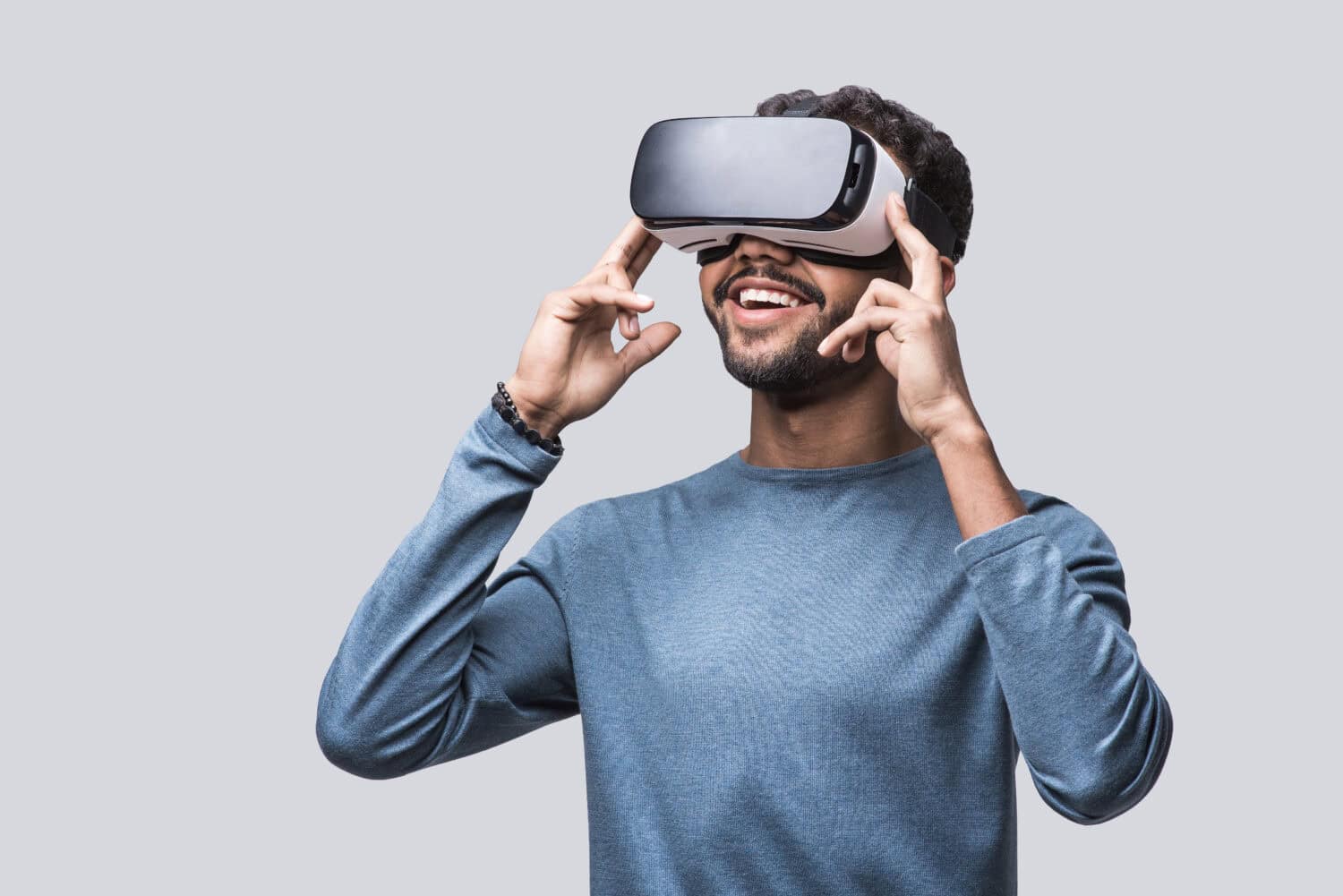
Virtual reality has huge promise but has been held back by the fact that it requires clunky goggles that have to interface with a smartphone or laptop in order to work. Facebook’s Oculus Go is a a full-on wearable computer. Still clunky, but portable, so a step in the right direction.
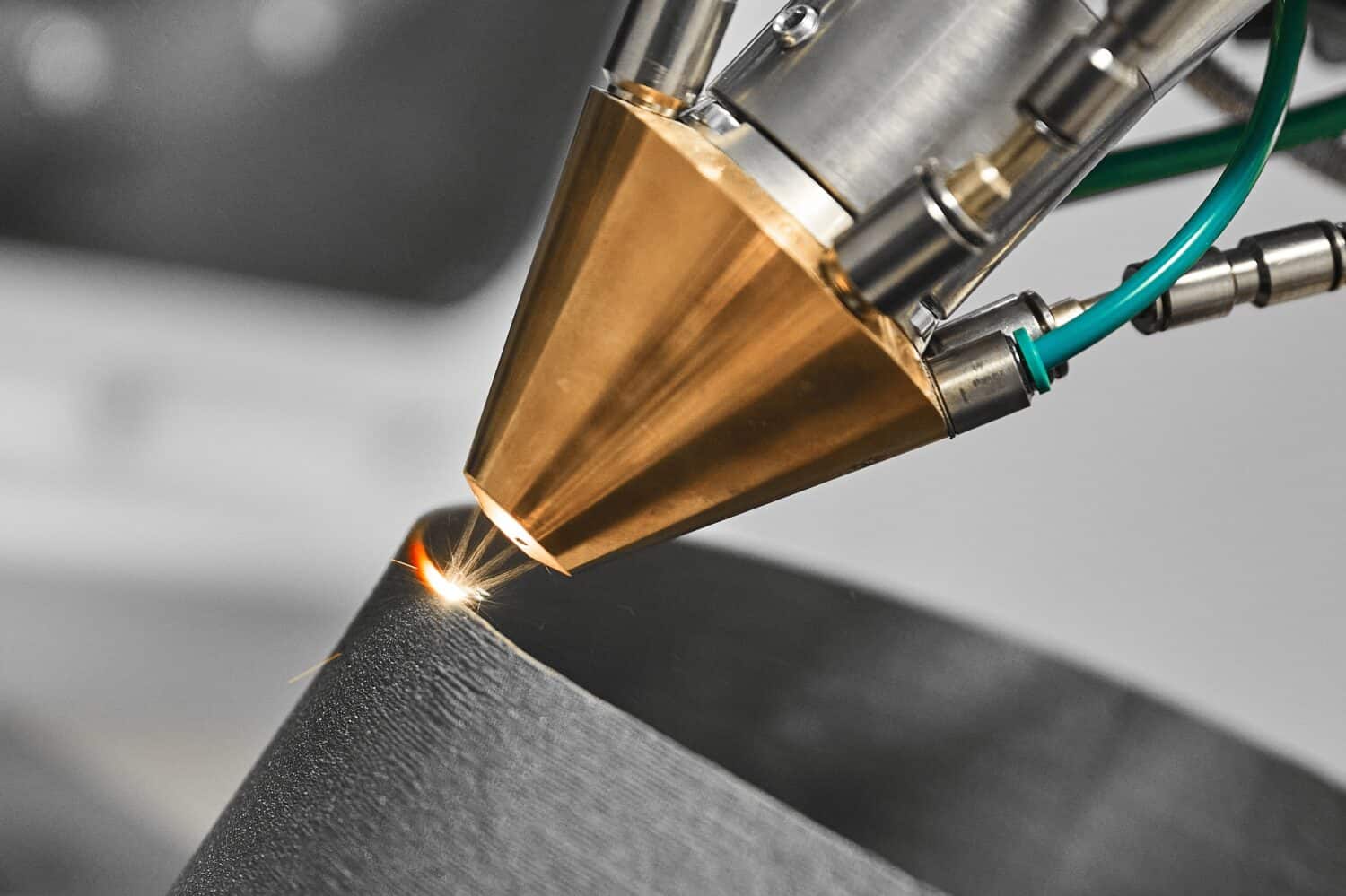
This year, Desktop Metal and Markforged introduced cost-effective metal 3D metal printing technology. It works by extruding metal powder that is heated to fuse it onto a surface. This advancement will allow commercial and private users to make customized, intricate metal parts and art.
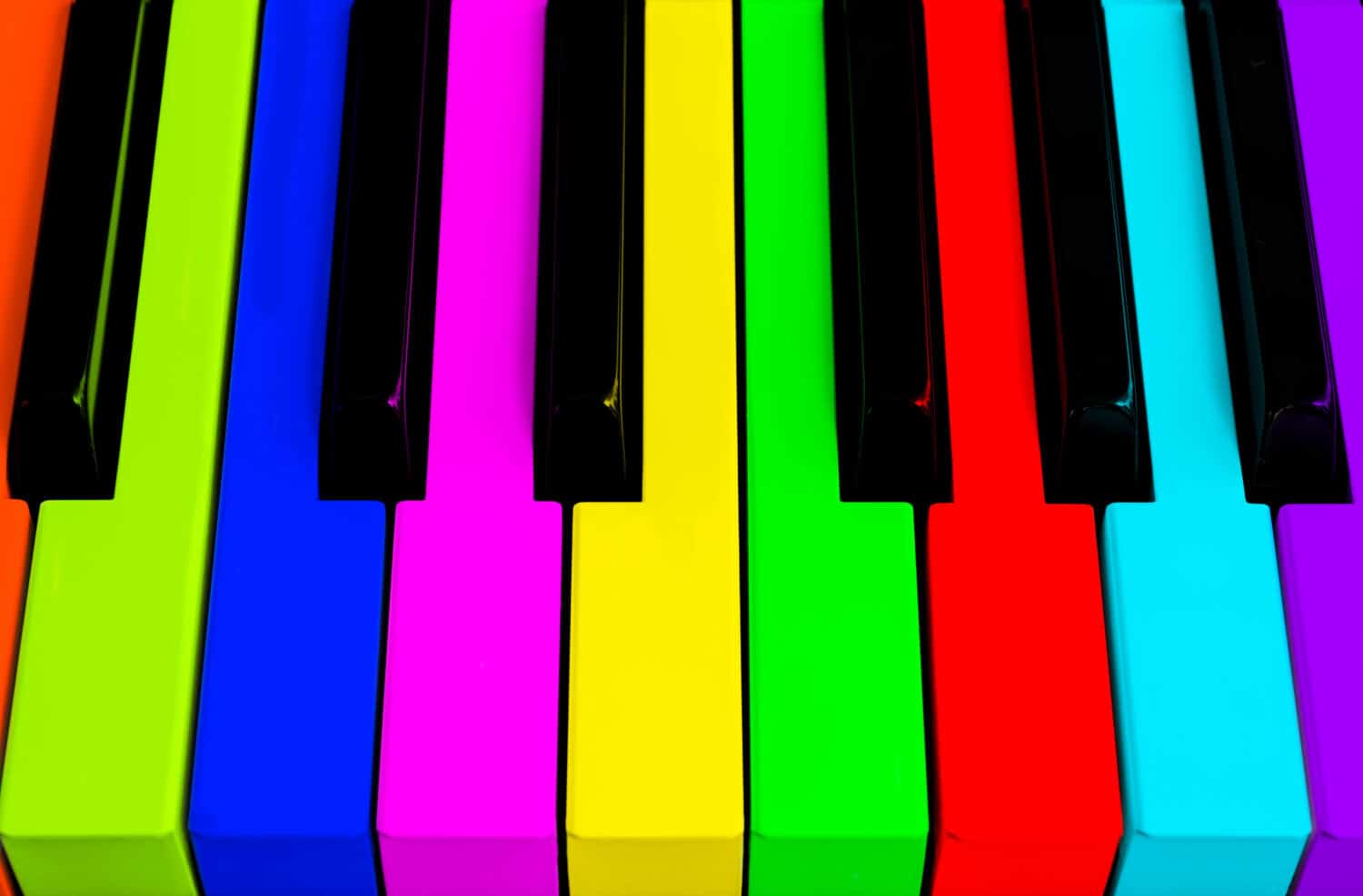
Learning to play the piano became vastly easier in 2019 when Roli introduced the LUMI keyboard. The keys light up to show students which ones to hit to make increasingly complex music. A breakthrough for visual learners everywhere!

Quantum computing is the fastest type of information processing ever invented. It allows a computer to solve complex problems that would otherwise take months or years of conventional processing. In 2020, the technology became commercially available with the introduction of the Honeywell System Model H1 quantum computer.

Before 2021, every infectious disease vaccine produced had taken several years to develop. In the case of the COVID-19 vaccine, only one year passed between the identification of the disease to testing a vaccine for it. This was also the first vaccine to use mRNA technology to teach the body to recognize the virus. The COVID-19 vaccine is credited with saving 14-19 million lives.
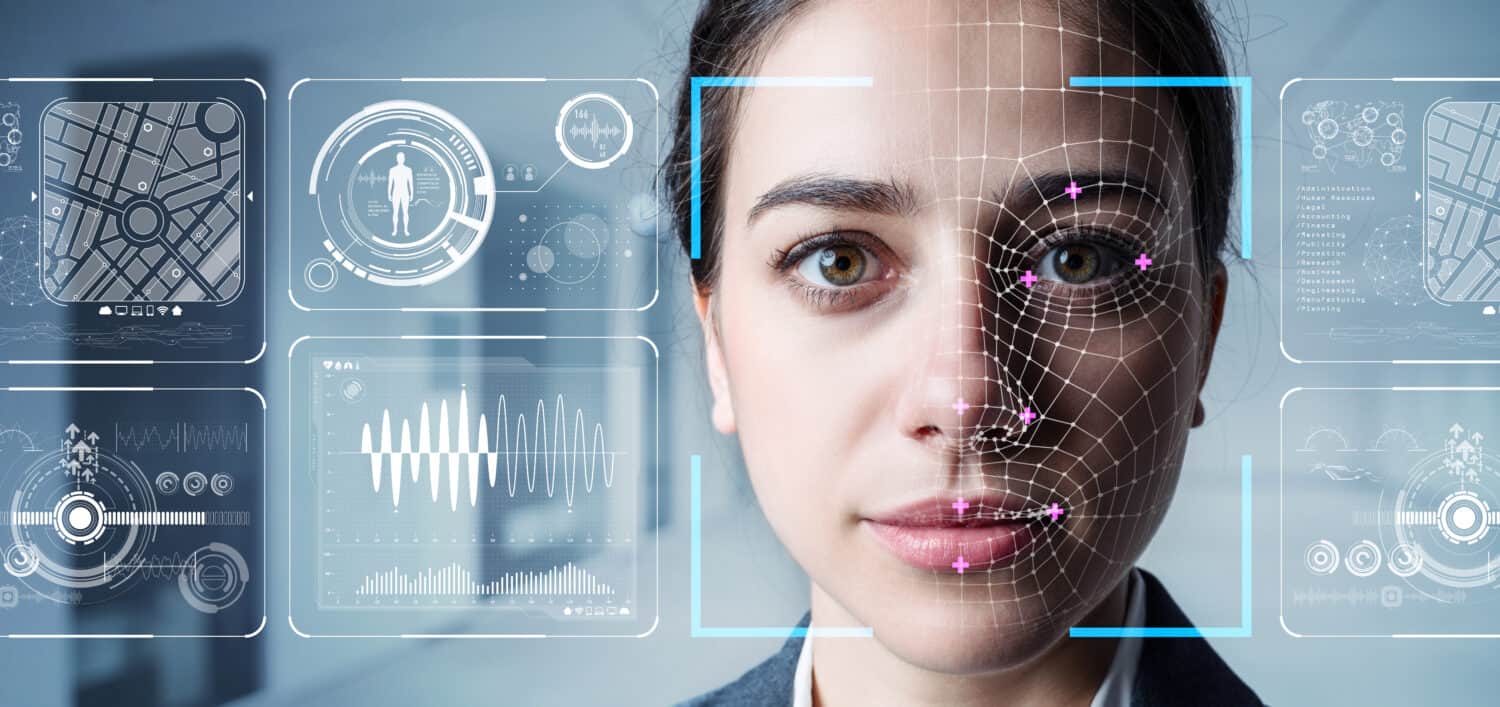
Facial recognition has been around for a while but with the rapid improvement of artificial intelligence, it is becoming increasingly powerful. In 2022 researchers introduced facial recognition technology that can not only recognize faces but make human-like judgments about their appearance. Why would we want such a thing? It could help us make adjustments to our real-life appearance to make a better first impression or make alterations to photographs to influence others’ reactions to advertising, political campaigns, and other media.

Unlike most of the other inventions on our list, the Las Vegas Sphere is not something you can have at home, but it may be a portent of the future of theater experiences. The Sphere is a 366-foot-tall, 516-foot-wide hemisphere covered in 1.2 million LED lights. From the outside, it can take on the appearance of a planet, a giant eyeball, an emoji, or anything else you can imagine. Inside, up to 20,000 people can enjoy a fully immersive theater experience with state-of-the-art sound, wind, vibrating seats, and scents to influence all the senses. All that, not to mention the complete surround visual experience.
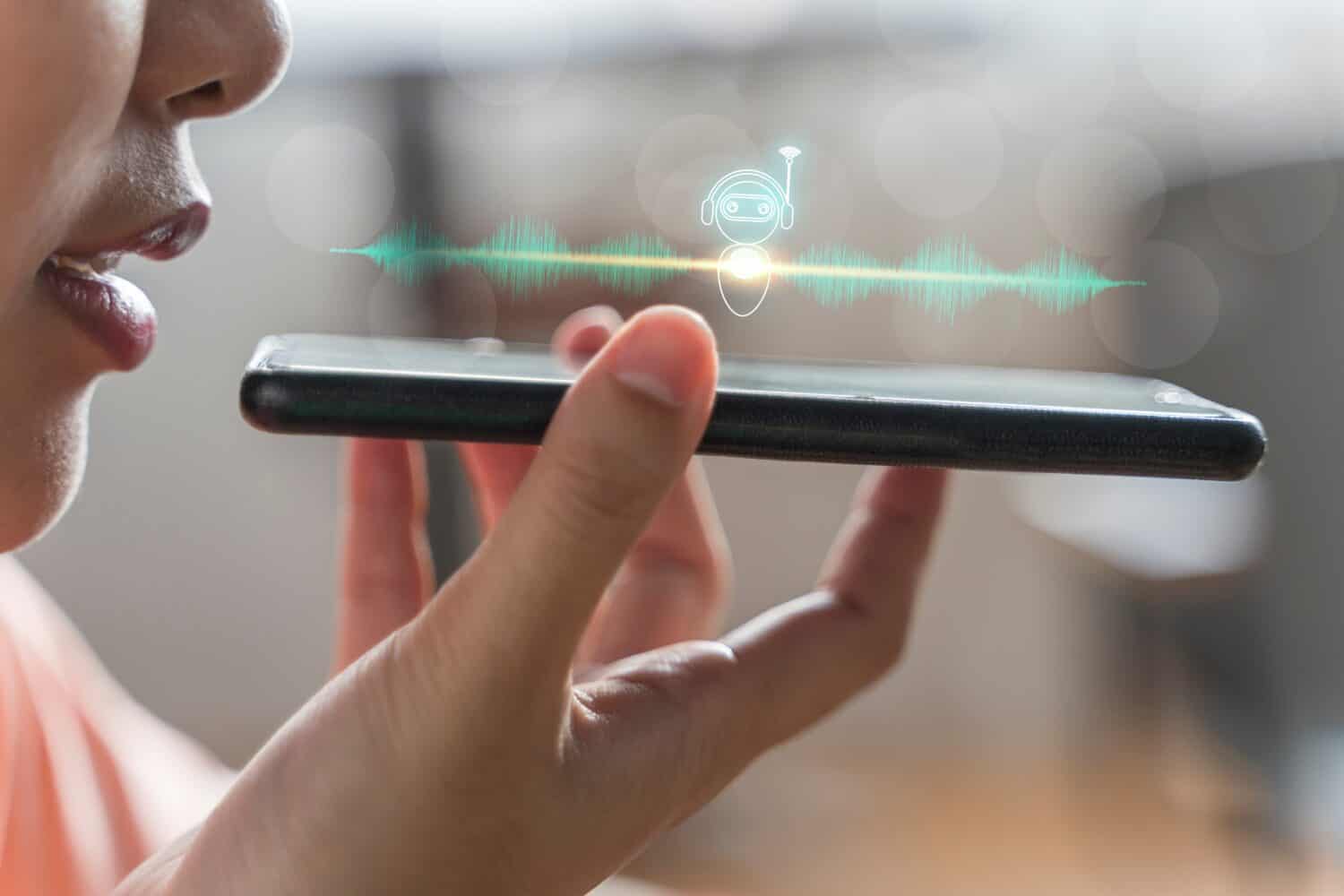
Learning a foreign language takes years. Only the brightest of the bright can learn more than three or four languages in a lifetime. But the new Muama Enence is a language translator that allows two-way conversations in 36 languages. Both parties just speak into it, and the device instantly translates. It includes all the most widely-spoken languages in the world, including English, Arabic, Chinese, Hindi, Japanese, French, Spanish, Russian, Indonesian, Vietnamese, and more. This revolutionary device will truly open the world to you.
Thank you for reading! Have some feedback for us?
Contact the 24/7 Wall St. editorial team.